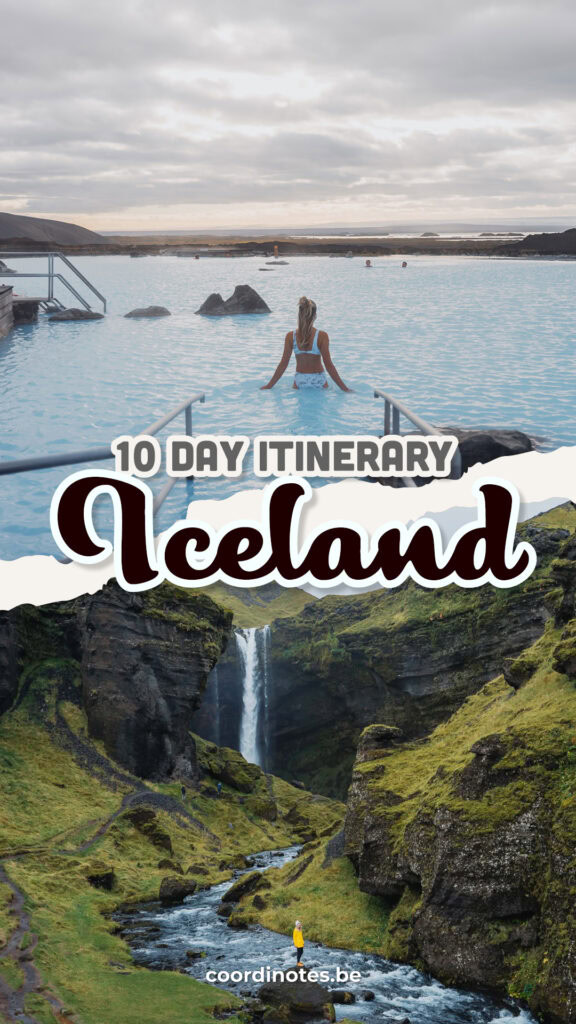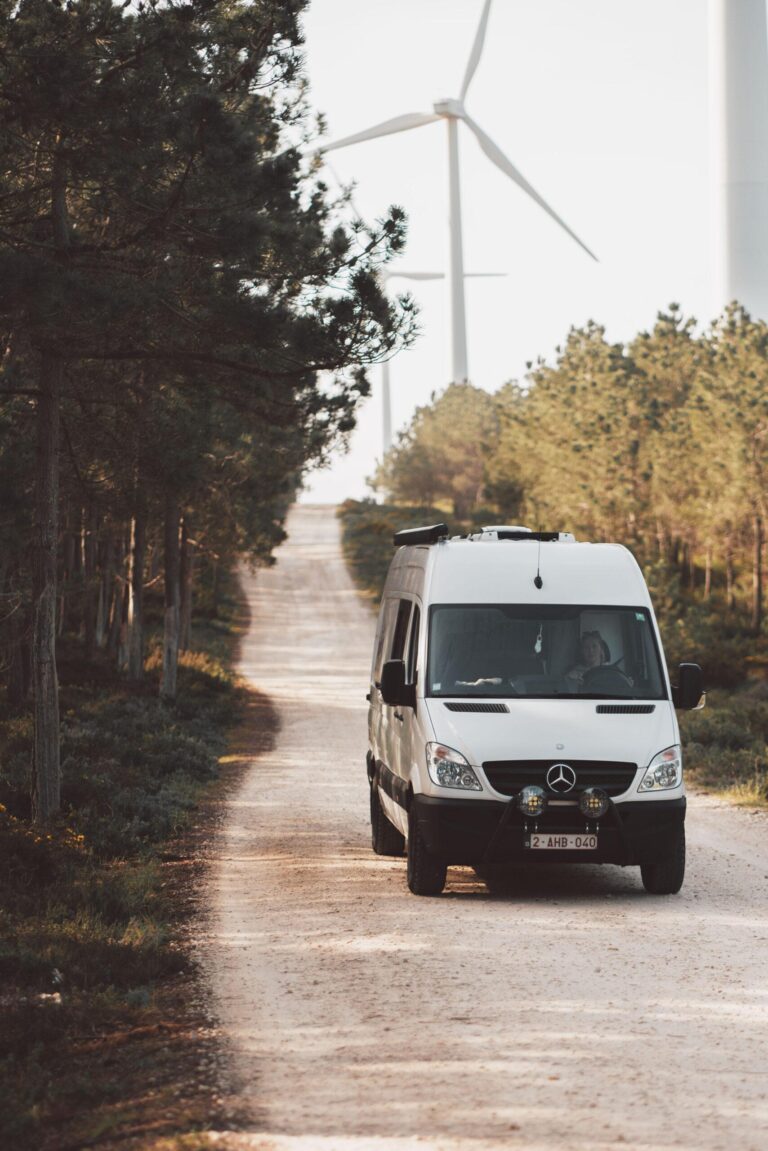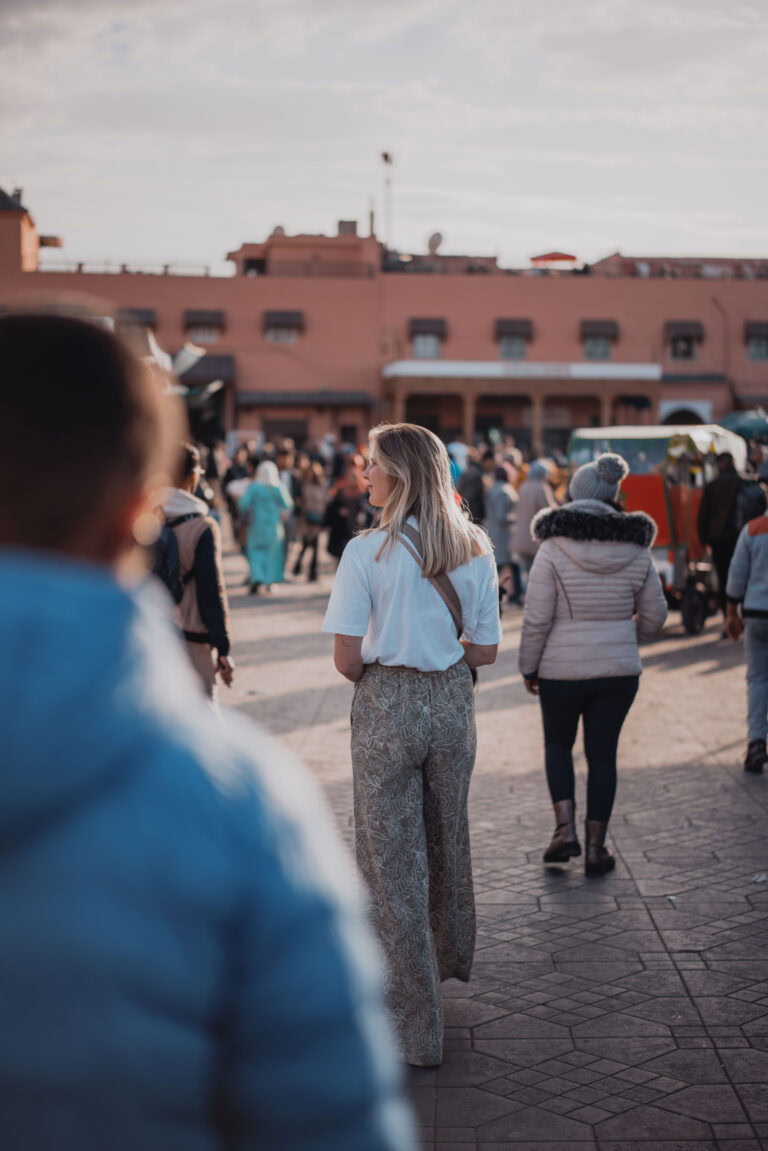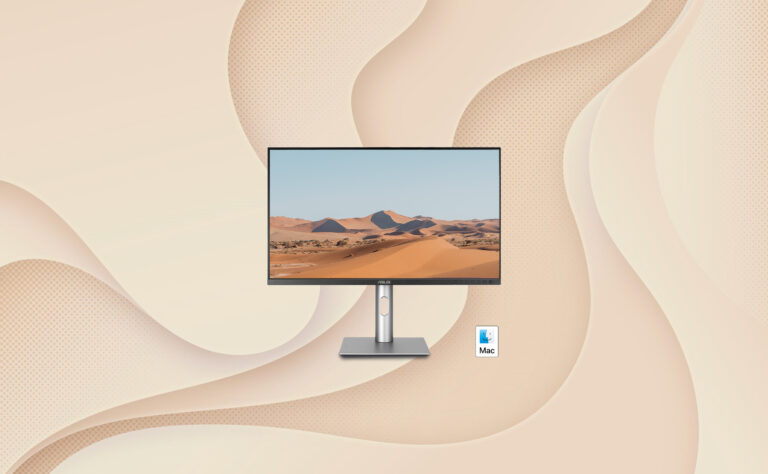Overview
This post may contain affiliate links, which means we may receive a small commission, at no extra cost to you, if you make a purchase through our link.
This is a free way to support us and allows us to continue creating even more inspiring travel guides. Thank you for supporting the love we put into Coordinotes!
General information
The perfect time for this Iceland itinerary
We went on our 10 day Iceland road trip at the end of September. You can complete this itinerary during the summer months from May to September. If you plan on going during the winter months, this Iceland itinerary can take up to 2 weeks. In winter, roads can be closed due to bad snowstorms, some areas might be closed during the winter months and days are much shorter than those long summer days.
Driving around Iceland
The roads of Iceland are divided into two types: Regular roads and F-roads. The regular roads are accessible with any kind of vehicle you can rent in Iceland. The F-roads are gravel roads in bad condition and are only accessible with a 4×4. We didn’t have a 4×4 so this Iceland itinerary is suitable for any kind of vehicle.
The entire ring road is a regular road. Although some parts are gravel, you are still allowed to drive over these parts. Some side roads, that you’ll have to take to get to some sights, are not in such good condition either but as long as it’s not an F-road you’re allowed to drive here.
Renting a vehicle
There are a lot of companies where you can rent different kinds of vehicles: from regular cars and minivans to bigger campervans and 4×4. We rented a campervan at Kuku Campers, but there are other companies to rent a campervan like Happy Campers or Go Campers.
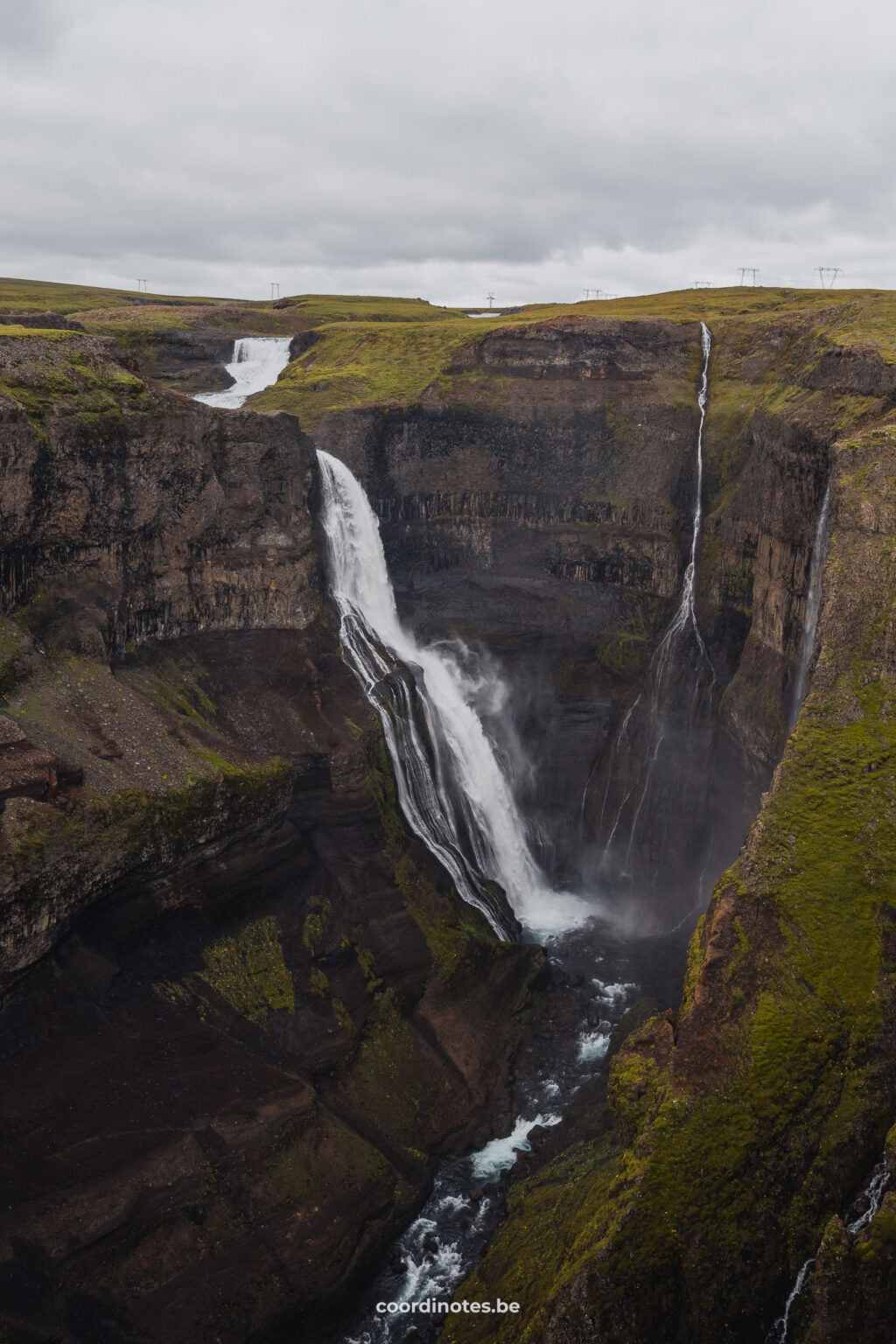
Advertising
Geysir & Strokkur, Gullfoss, Kerið, Haifoss
Strokkur & Geysir
Geysir & Strokkur are both fountain type geysers in the Geothermal Area in western Iceland. Geysir, also known as the Great Geysir, was the inspiration for the well-known word geyser that is used for all others across the world. At this moment Geysir itself is dormant. But next to Geysir you find Strokkur, which is more active than Geysir ever was. It usually blows water about 15 to 20 meters into the air every 5 to 10 minutes. It’s a very impressive phenomen to witness at the beginning of your journey around Iceland.

Gullfoss
The Gullfoss is a waterfall in the Hvítá river. It is, just as Þingvellir National Park (day 9) and Geysir/Strokkur, part of the Golden Circle; a famous tourist route starting from Reykjavik. This makes Gullfoss one of the most famous Icelandic tourist spots.
It is a dual step waterfall with many different viewpoints, so you can see the waterfall from different angles.

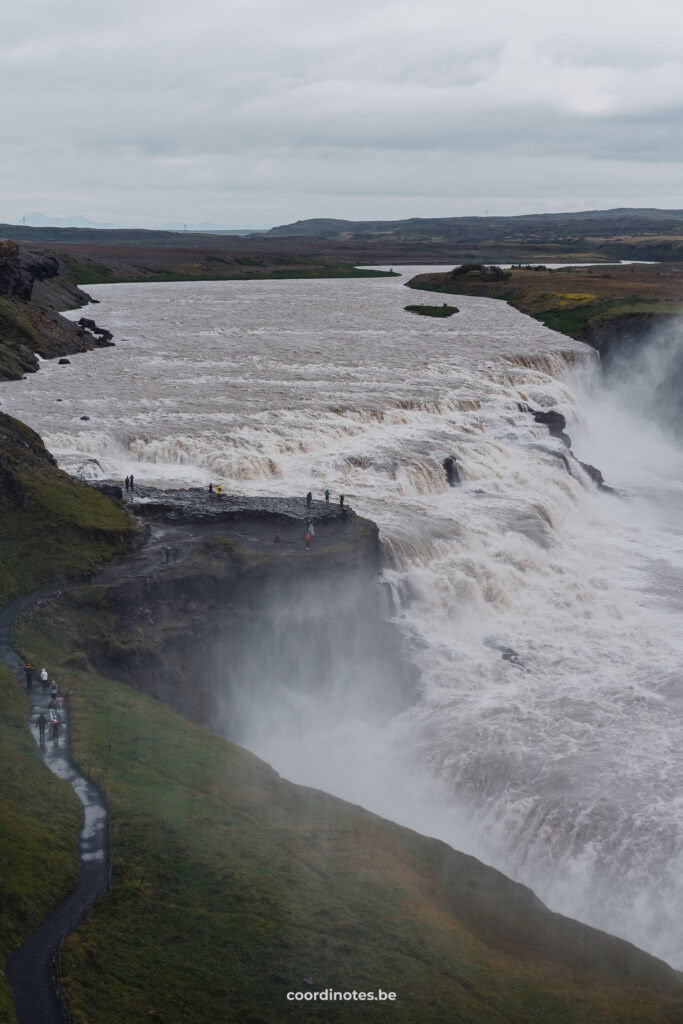
Kerið
A hidden gem on the Golden Circle is the Kerið crater. It is possible to walk on the edges of the crater and to descend down to the water of the crater lake. Scientists believe that the crater wasn’t formed because of an explosive eruption, but that it was a cone-shaped volcano whose foundation collapsed after the depletion of the magma reserve underneath.
Entrance fee: 400 ISK (€2,7)
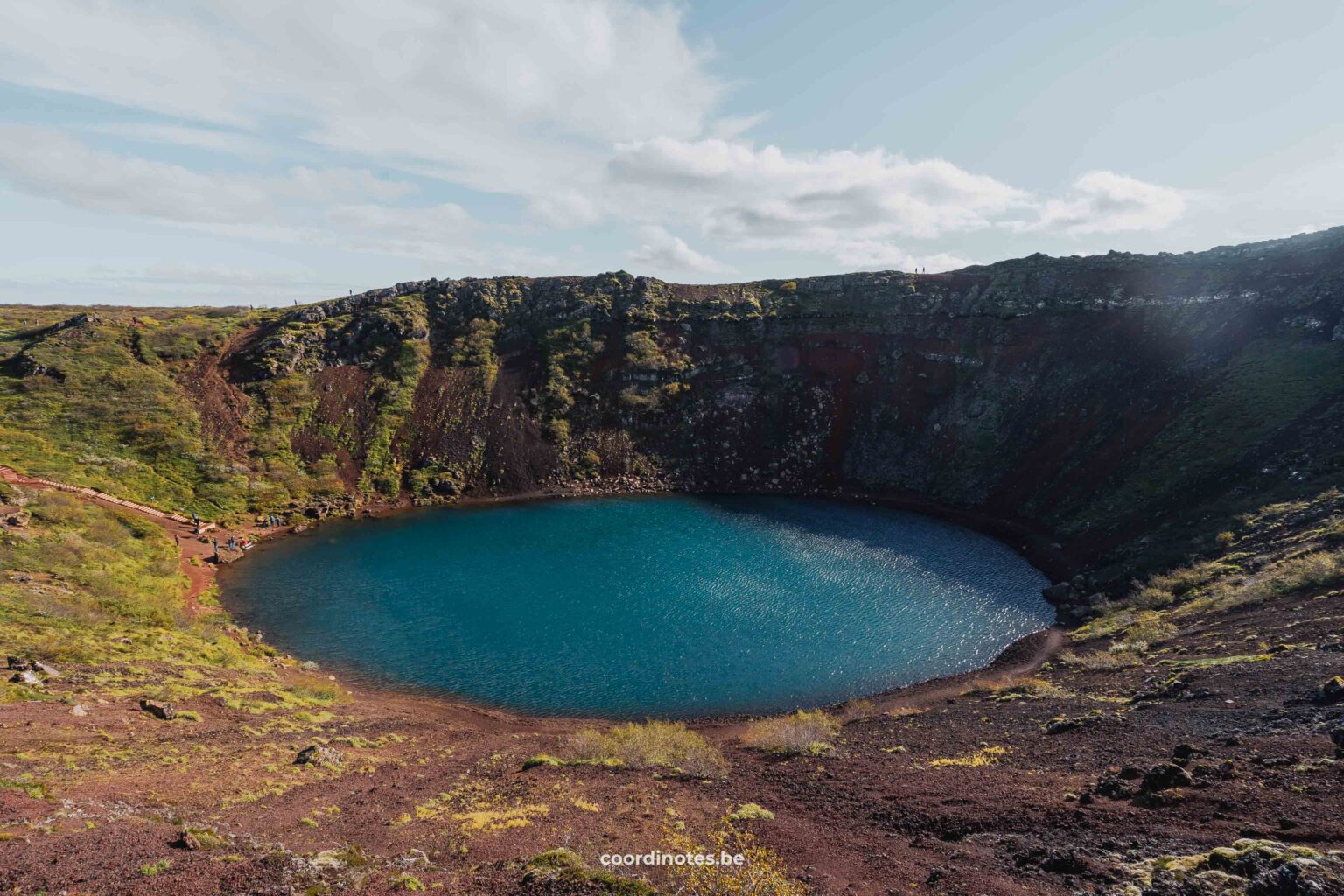
Haifoss
Haifoss is, with its 128 meters, one of the highest waterfalls in Iceland. Next to Haifoss there’s another waterfall called Grannifoss. Both waterfalls are part of a phenomenal landscape and were one of the most impressive waterfalls we’ve seen on our route. You can drive to the top of the waterfall and enjoy the views from above, and if you like to you can hike to the bottom of the waterfalls as well.
Haifoss is located in the highlands and accessible by a gravel road. Luckily this road is not classified as an F-road so you are allowed to drive here with any kind of vehicle. Considering the condition of the road, we were a little surprised that it’s not an F-road. We recommend you to drive carefully, adjust your speed and mind the potholes. The advantage of the bad road is that very few people make the effort to get there, which ensures that you can explore this majestic place without crowds.
Note
We heard you can also walk to the waterfalls, starting from an old farm called Stöng. So you don’t have to drive the gravel road but it would take you a very long time to reach the waterfalls.
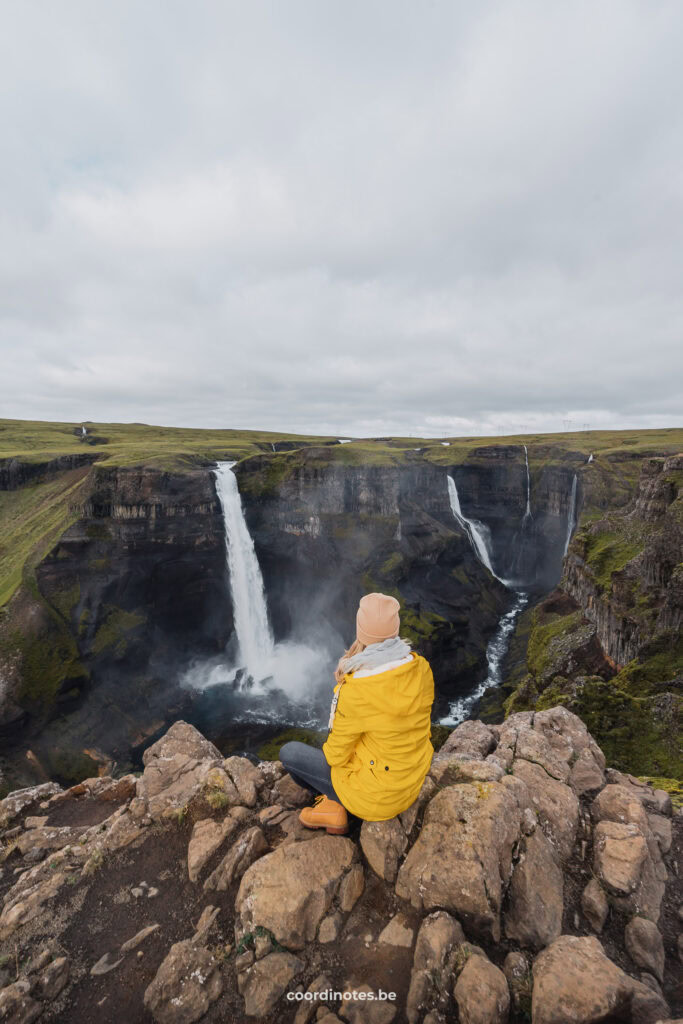
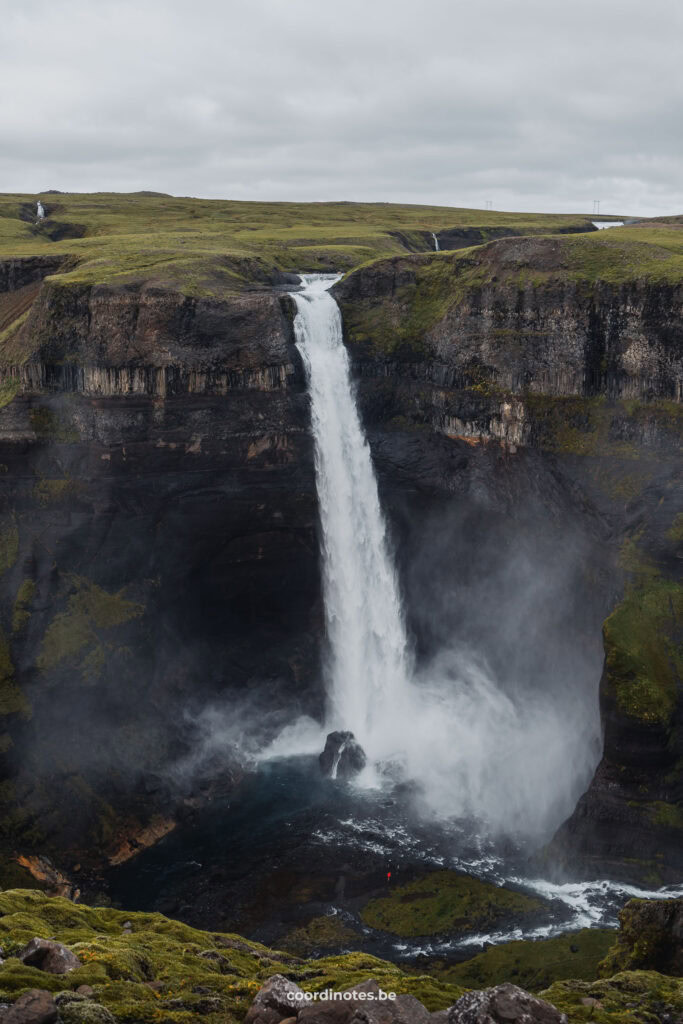
Advertising
Seljalandsfoss & Gljufabrui, Skogafoss, Kvernufoss, Dyrhólaey viewpoint
Seljalandsfoss & Gljúfrabúi
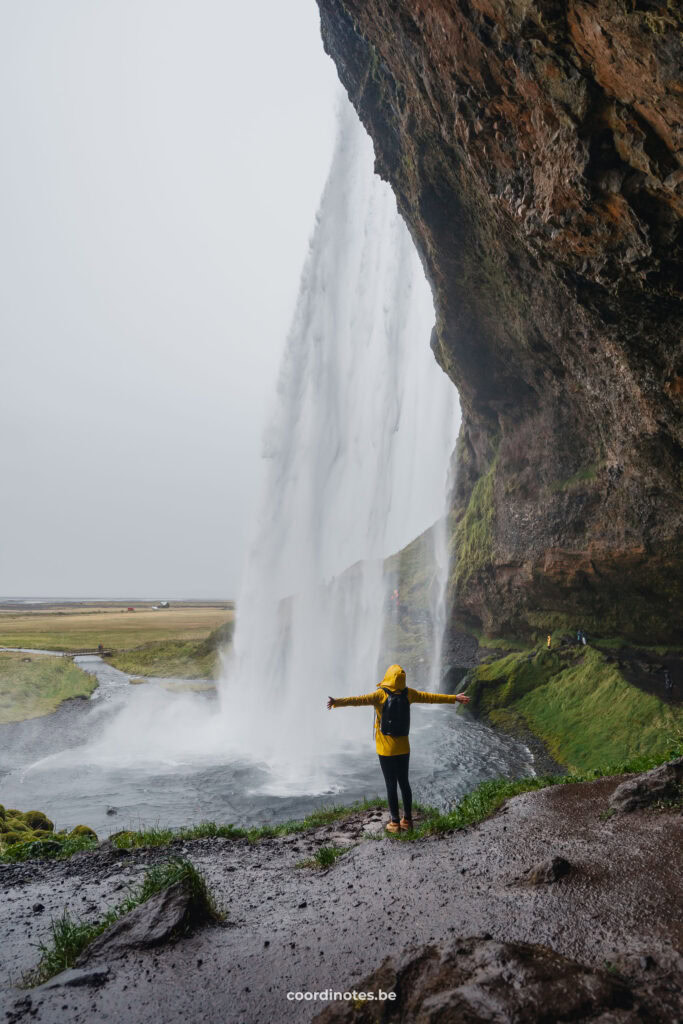

Skogafoss
Skogafoss is one of the biggest waterfalls on the island. It is 25 metres wide and 60 metres high. Game of Thrones fans will recognize this place for sure. On the right side of Skogafoss there’s a stairway going up to a viewing platform. From here a hiking trail starts that leads through the Fimmvörðuháls mountain pass.
Just like Seljalandsfoss, Skogafoss is located right next to the R1. Together with the fact that it is one of the biggest waterfalls, it means that it can get quite busy at times.
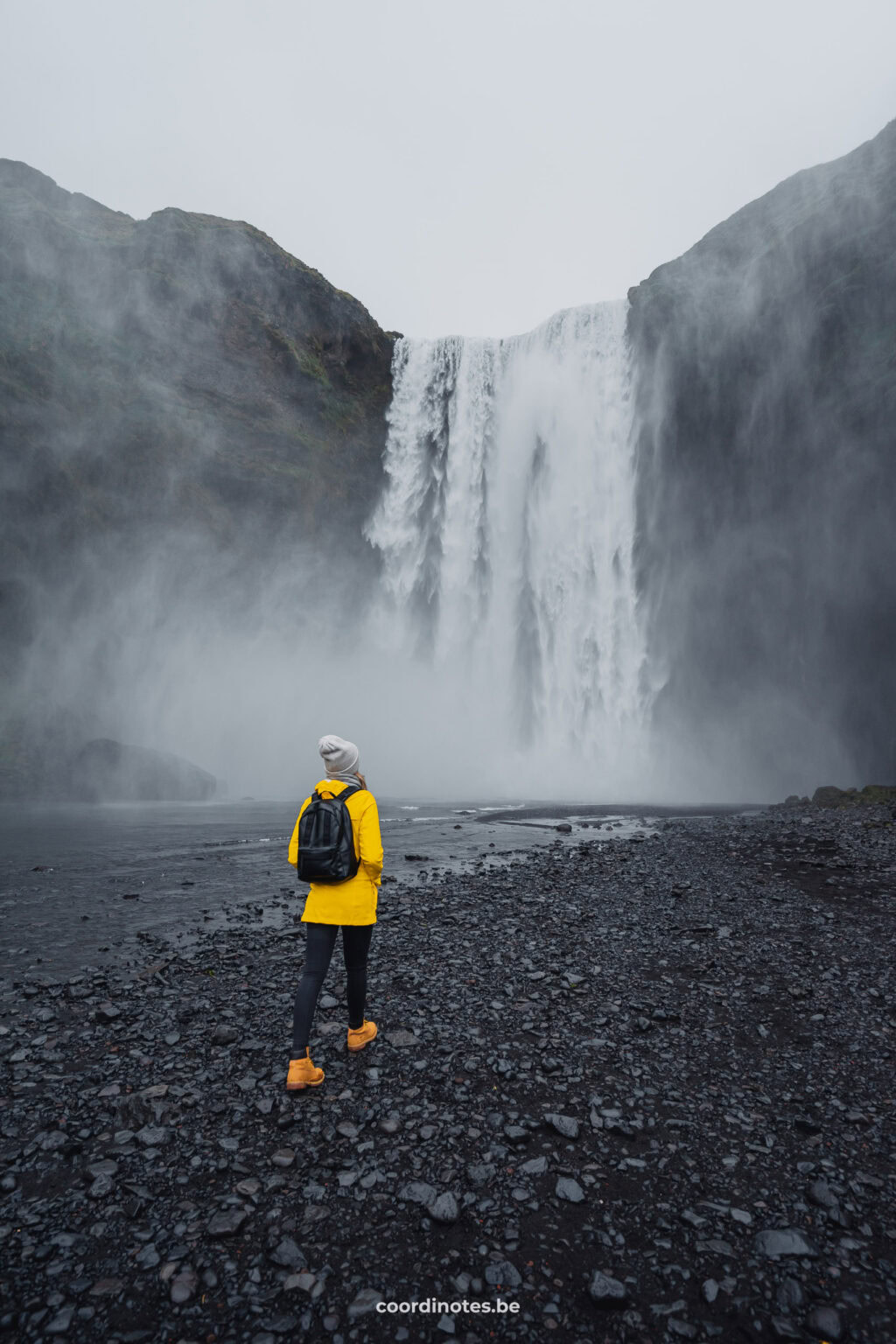
Kvernufoss
One of the lesser known, but one of our favorite, waterfalls in Iceland is the kvernufoss. This waterfall is located just around the corner of Skogafoss but way less crowded. So no reason not to visit, right?
To reach this waterfall you have to navigate to the Skógar museum. Here you can park your car and start the short hike to the waterfall. You first have to walk further east, where you have to climb a step to get past the fence. From here you just keep on following the trail over a little hill and then the waterfall will appear at the end of the gorge.
The whole scenery is so stunning, like you’re walking around on the set of The Hobbit. And just like at Seljalandsfoss you can walk behind the waterfall, but prepare yourself again to be splashed by the spray of the waterfall.
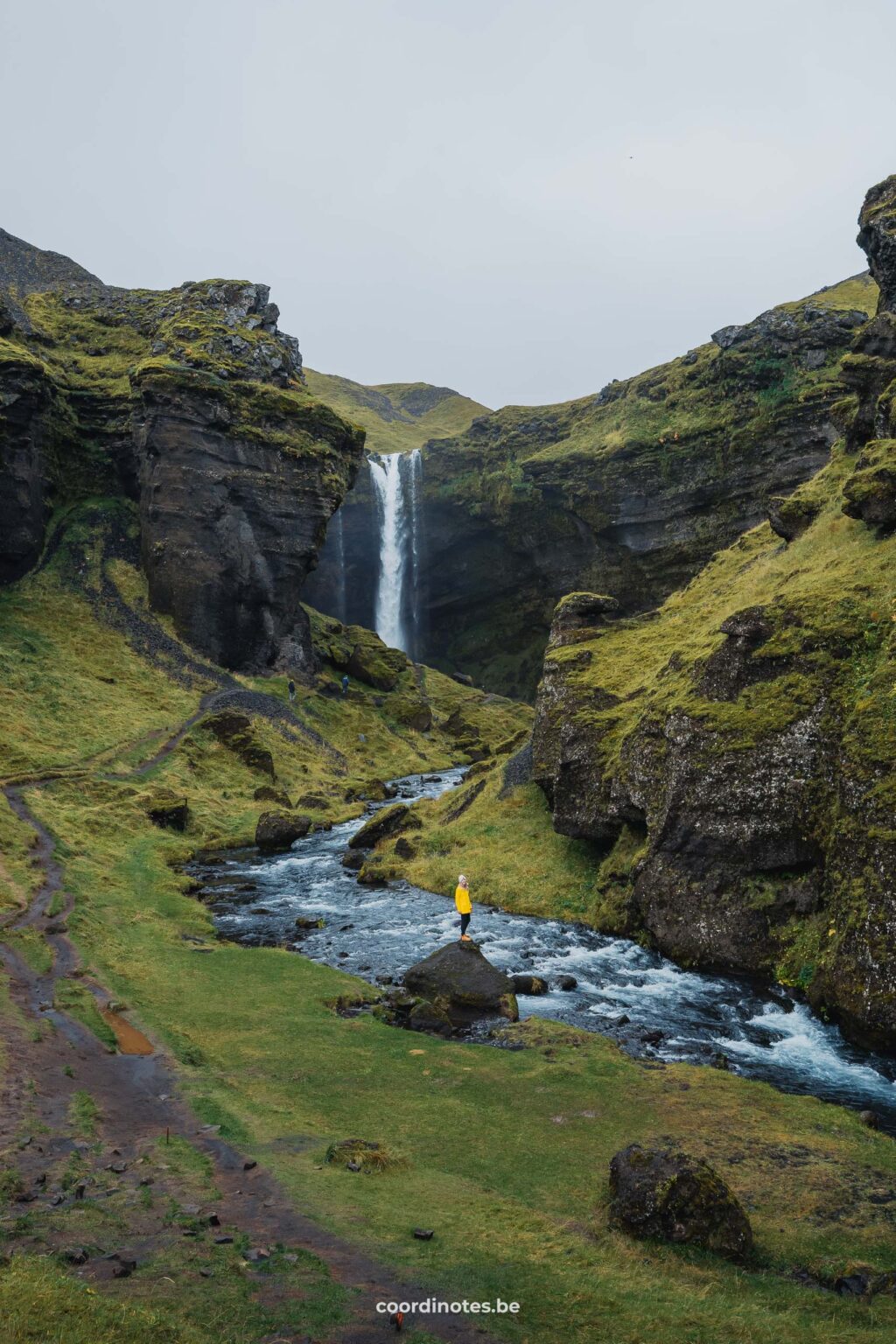
Dyrhólaey viewpoint
Dyrhólaey is the most southern point of Iceland. It is divided into a lower part and a higher part. At the higher part you find Dyrhólaey lighthouse. When walking around on the cliffs here you can enjoy a fantastic view over the Endless Black Beach, the Dyrhólaey archway and the Reynisdrangar, an impressive rock formation. When looking inland you can see the glaciers Eyjafjallajökull and Mýrdalsjökull.
This place is also known for its variety of birds, including the famous puffins (only during summer). During the spring/summer months Dyrhólaey has limited access by car because of nesting season, but it differs every season. The higher part can be closed somewhere between May and June for car traffic, but you can still access by foot during daytime.
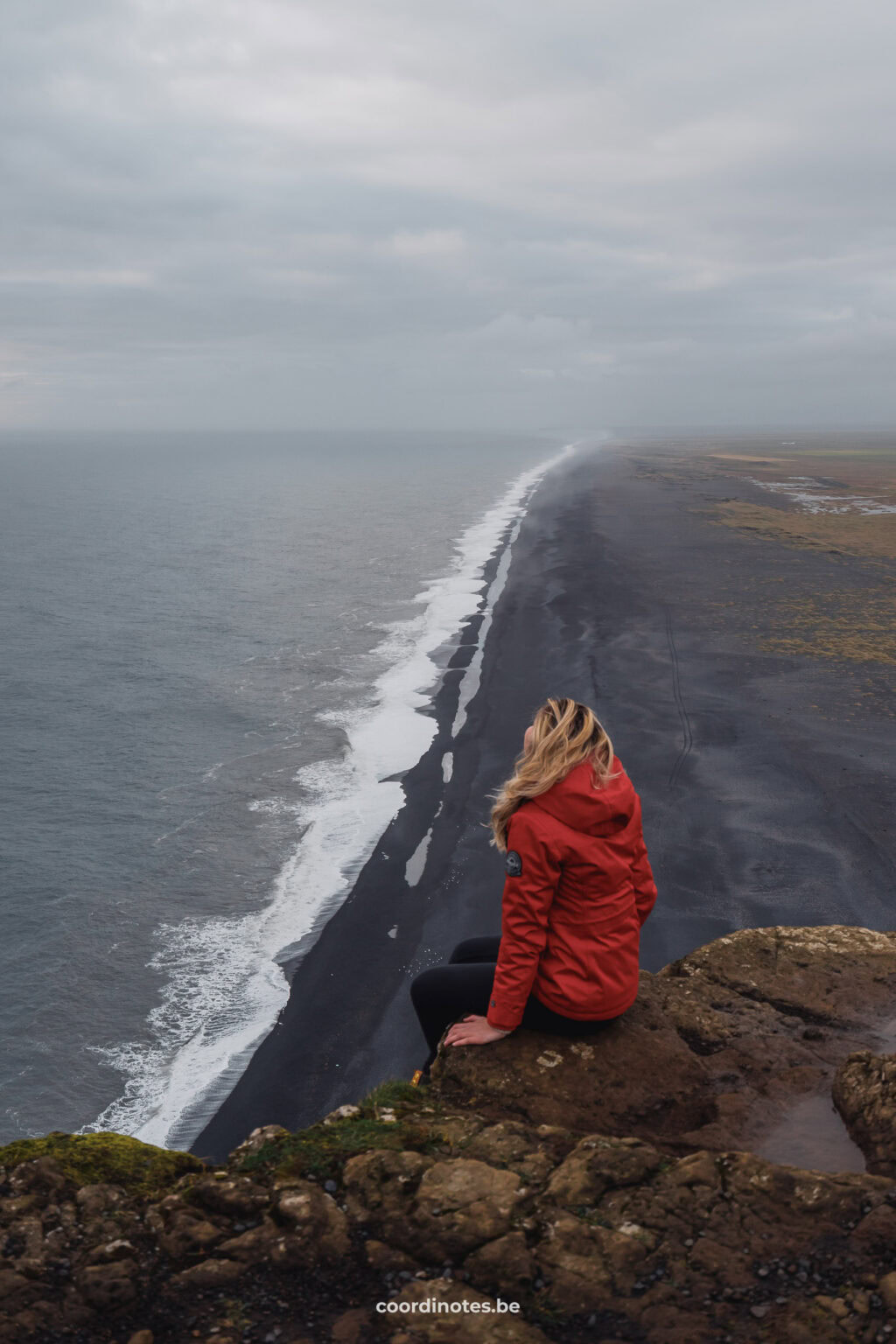
Note
When driving to Dyrhólaey viewpoint you pass Sólheimasandur Plane Wreck. As there were so many cars parked in the parking lot, we decided to return there early in the morning the day after. Therefore we first visited Dyrhólaey viewpoint, but this is totally up to you.
Advertising
Sólheimasandur Plane Wreck, Reynisfjara Beach, Fjaðrárgljúfur Canyon, Skaftafell
Sólheimasandur Plane Wreck
(As we mentioned before, you pass Sólheimasandur Plane Wreck before Dyrhólaey viewpoint. But as it can get extremely busy there during daytime, we decided to return early in the morning.)
In 1973 a US Navy DC plane ran out of fuel and crashed on the black beach at Solheimasandur. The most popular theory goes that the pilot switched to the wrong fuel tank during a storm, resulting in the crash of the plane. Luckily, everyone in the plane survived the crash.
The apocalyptic scenery of the crashed plane in such an abandoned, moon-like landscape is definitely worth a visit. The contrast between the remains of the man-made plane and the black sand of the beach makes it a spectacular setting. Today, big parts of the aircraft’s wings and the tail are gone. Rumours state that a local farmer sold those parts for cash.
To get to the plane wreck you have to walk 3,5 kilometers from the provided parking and it will take you around 45 minutes of walking one way. Taking into account the time you spend at the wreck, you should count on at least 2 to 2,5 hours for a visit to this intrigious place.
As this is a very popular sight we recommend you to go there early in the morning. Going there for sunset might be a bit ‘dangerous’ to find your way back to the parking lot as it is located in ‘the middle of nowhere’, so returning in the dark isn’t recommended.
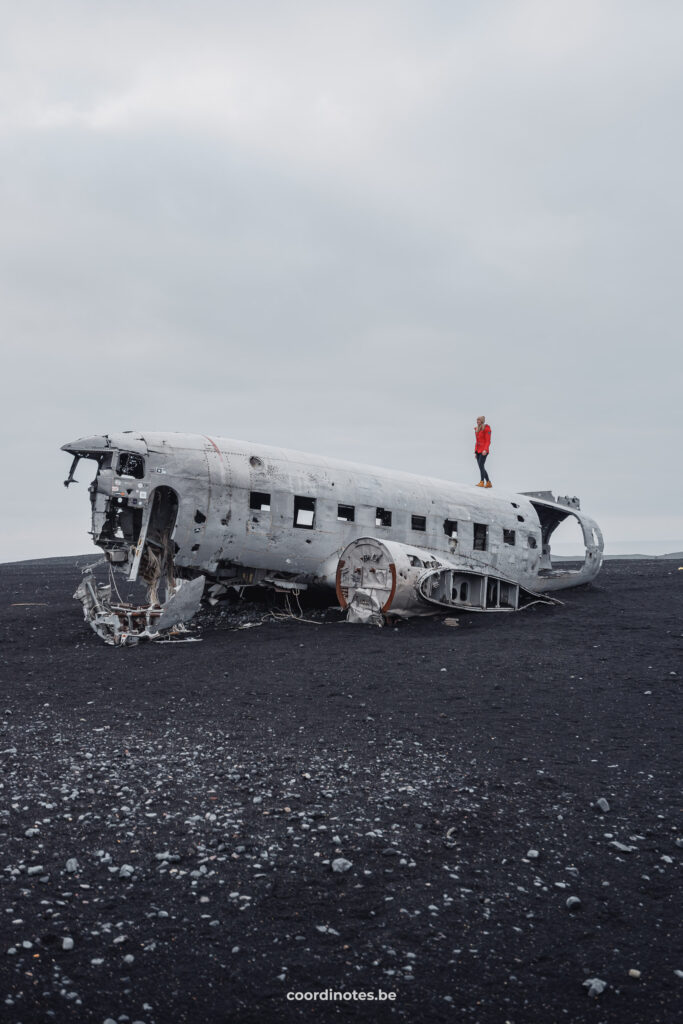

Reynisfjara Beach
Reynisfjara Beach is a very famous black beach and is considered to be one of the most beautiful black sand beaches in Iceland. It is mostly known for the gigantic basalt columns: the ‘Columnes Reynisfjara’. From here you also have an incredible view on rocky sea stacks of Reynisdrangar, the home of thousands of nesting seabirds.

Note
When visiting this beach be aware of ‘sneaker waves’. These are waves that can be more violent than they appear and pushing far further up than you would expect.
Fjaðrárgljúfur Canyon
Fjaðrárgljúfur Canyon is a magical and maybe the most beautiful green canyon in Iceland. It is about 100m deep and 2km long. The canyon might be some 2 million years old and was formed by a forceful glacial river. Now the small Fjaðrá river runs like a snake between the steep walls of the canyon. Most of the ledges are fenced off and there’s a view platform by the waterfall because nature was too damaged because of the amount of visitors.
We heard that you can also walk inside the canyon (only in summer time) because the water levels of the river are usually not high. You might still need to wade the river a few times. We didn’t know about this while we were there, but we’re sure it’s definitely worth seeing the canyon from this point of view as well.


Skaftafell & Svartifoss
The national park of Skaftafell is part of a bigger national park Vatnajökull with plenty of hiking trails along a lot of stunning highlights. The landscape was shaped by thousands of years of volcanic activity. In this park you’ll find several waterfalls, glaciers, mountains and valleys.
The Svartifoss waterfall is probably the most famous highlight in Skaftafell. This waterfall is characterized by gigantic basalt columns, as seen at Reynifsjara beach. An observation platform and a fence are placed in front of the waterfall to prevent visitors from damaging nature and sliding over the slippery rocks. The hike to this waterfall is relatively short but quite steep. Don’t let this stop you, we’ve seen people of all ages do this walk and it is well worth it.
Skaftafell is also a popular place to explore the glaciers on all kinds of different experiences and tours. We decided to go on a glacier walk a little further at Jökulsárlón Glacier lagoon.
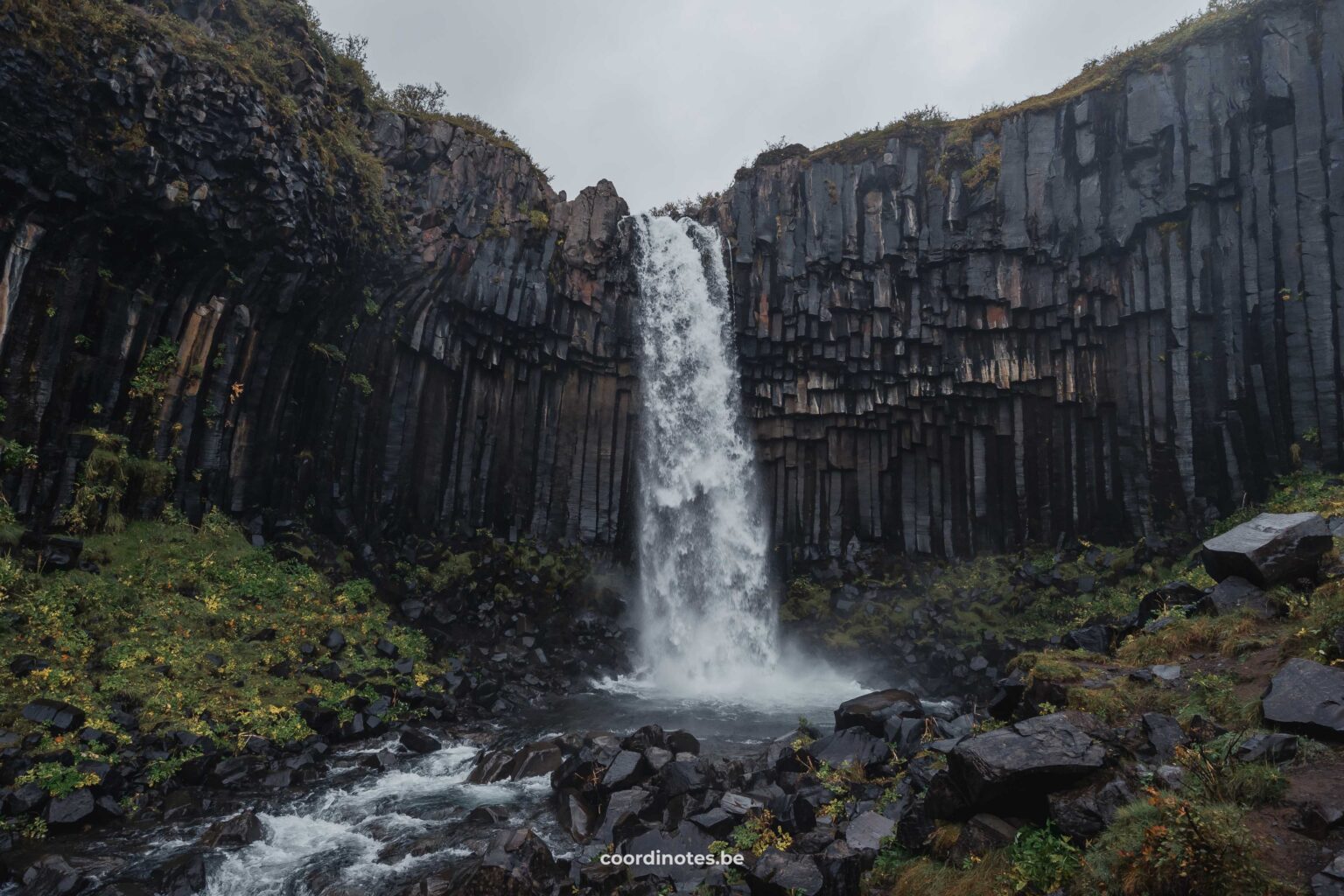
Hotels in Iceland
Discover the best places to sleep through our partners. Book your stay and enjoy their great deals!
Diamond Beach, Jökulsárlón Glacier Lagoon, Glacier walk
Diamond beach
Diamond beach is one of those places where you find yourself in another world for a while. On this black volcanic beach numerous large and smaller ice blocks are scattered like diamonds over the sand. The contrast between the shimmering white and blue ice with the deep black of the sand makes it a truly magical place. Diamond beach is the result of glacial ice breaking off the glacier. This ice drifts over the Jökulsárlón glacier lagoon towards the sea. Here the big chunks of ice crumble into thousands of smaller pieces and wash up on the beach. The amount of ice blocks you’ll find on the beach strongly depends on weather conditions and time of the year.
Diamond beach is also home to many seals, so if you look carefully you might spot a few of them. If you don’t see them here, chances are you see them in Jökulsárlón Glacier Lagoon. If you’re really lucky you also might see orcas, as this is one of the best places to see them from the shore.

Jökulsárlón Glacier Lagoon
When you cross the road from Diamond beach, the Jökulsárlón Glacier lagoon will appear. It is a huge glacial lake at the foot of the Breiðamerkurjökull glacier, a glacial tongue of Iceland’s biggest glacier Vatnajökull. With its nearly 250m depth, it is Iceland’s deepest lake. All over this lake gigantic ice blocks of glacial ice are drifting around and slowly floating towards the sea, creating an ever-changing scenery. So this lake will never look the same every time you visit. Don’t forget to look out for these cute seals swimming around in the cold water of the lagoon.
There’s a lot of activities you can do around the lake. You can go on a boat tour to see the lagoon and it’s icebergs and the seals from up close. Or you can even paddle yourself around on one of the guided kayak tours.
It is a very interesting place, but there’s something you have to keep in mind about this place. The lake is less than a century old and only started forming in 1935 due to rapidly increasing temperatures in Iceland.
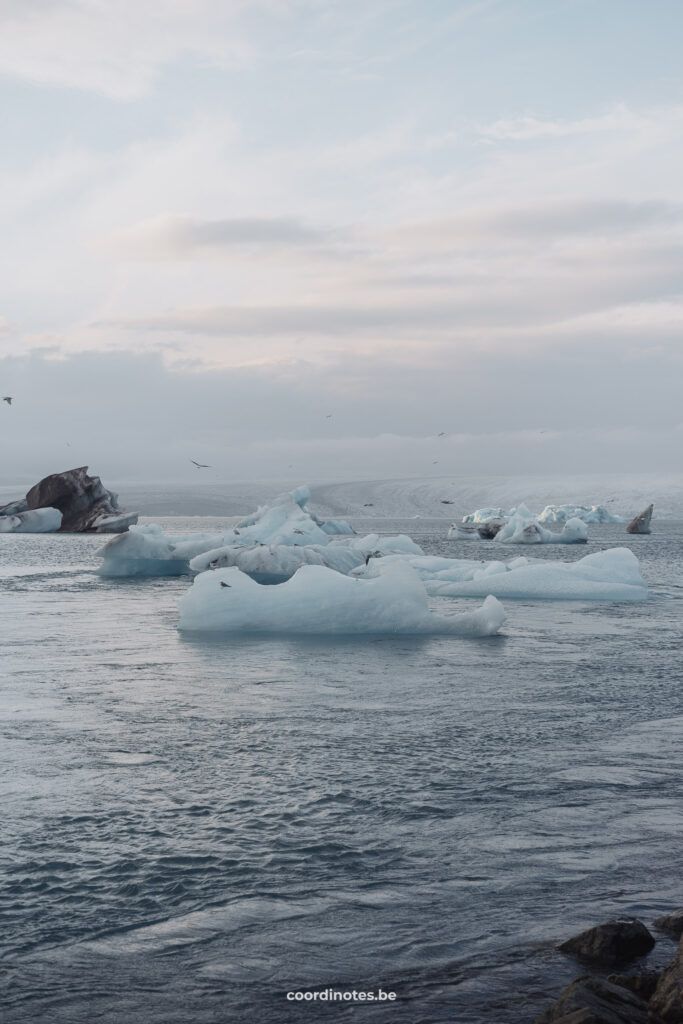

Glacier hike & ice caves
An absolutely unique experience in Iceland is a glacier walk and a visit to the ice caves. Skaftafell is a popular place for glacier walks, but you can also enjoy various ice experiences at Jokulsarlon Glacier Lagoon. We did a glacier walk, including a visit to an ice cave with Ice Explorers. Equipped with crampons, helmet and harness, we walked with our guide over the ice of the Breidamerkurjökull. During the tour, we got a lot of information about the glaciers and the ice caves. Here too, you are confronted with the consequences of global warming and certainly with how fast it is all happening. We are not fanatical climate activists or anything, but this has really woken us up. That is why we think it is really necessary that more people are made aware of these obvious consequences. So take a glacier walk for the experience and spread the word!
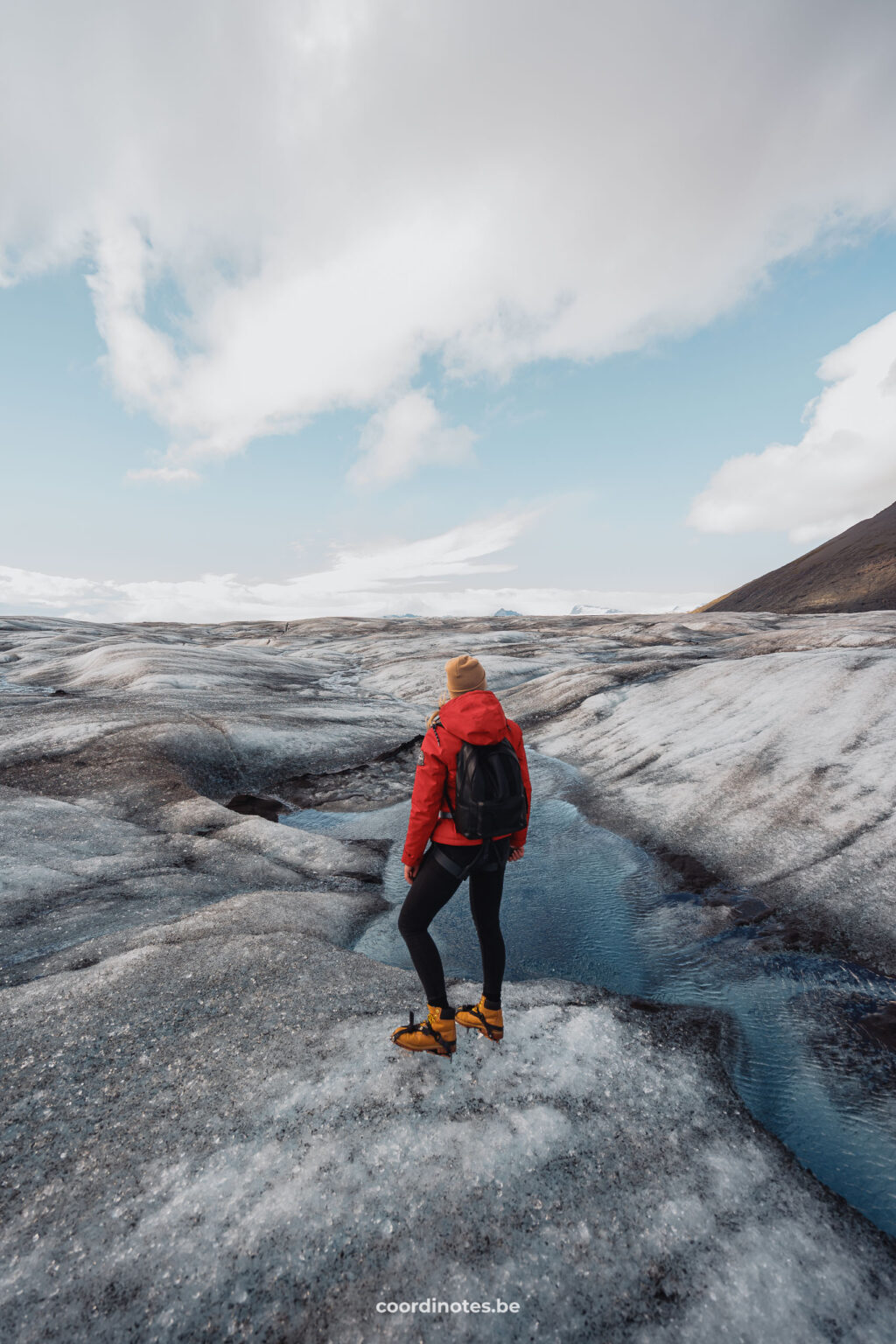
Advertising
Viking village, Stokksnes
Viking village Film set
This replica Viking village was set up in 2010 as a movie prop. However, the Icelandic film was never shot due to funding issues. In 2018 it did made its debut in the movie Vikingr from Universal. Although it’s not a real viking village, it’s still fun to have a look and release your inner viking. You pass it anyway when you visit Stokksnes. You are even allowed to enter the houses.
There’s a small entry fee to access the area of the Viking village and Stokksnes. When you stay at the campsite, the fee is included in the camping price.

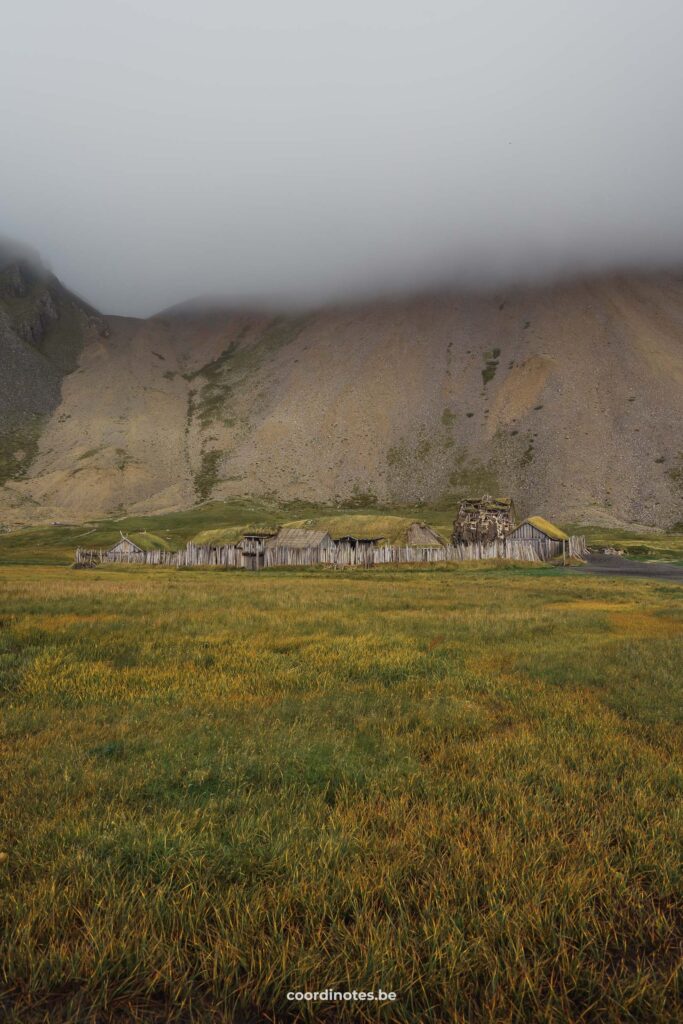
Stokksnes and Vestrahorn mountains
Vestrahorn is an impressive mountain on the peninsula Stokksnes. Together with Kirkjufell, it is probably the most photographed mountain in Iceland. With its dramatic peaks, it reaches up to 454 meters high. The contrast of the peaks rising out the flat black sand beach of Stokksnes, making this such a mysterious place. When standing on the beach, you can see the reflection of the mountain in the leftover water from the washed up waves, which gives this place an extra dimension. If you’re lucky you can spot dozens of wild Icelandic horses.


Tip!
There is a small entry fee to access Stokksnes. When you stay at Camping Hofn, this fee is included in the camping price.
Advertising
Stuðlagil canyon, Dettifoss & Selfoss
Stuðlagil canyon
Stuðlagil canyon is a beautiful canyon that hardly anyone knew about until recently. It is formed by numerous gigantic basalt rock columns on both sides of the river. For a long time the canyon was hidden under the water. With the introduction of an hydroelectric plant in 2009 the water level decreased drastically, which made the canyon appear. In summer, from June until the second week of August this place is even more beautiful when the color of the river is turquoise green, showing a wonderful contrast with the gigantic grey basalt columns. In the third week of August, the hydroelectric reservoir is full and the overflow sends the dirty glacial water down the river, making the water brown and dirty. Although the color of the river changes over the seasons, the beautiful basalt columns formation remains very impressive to see.
You can see the river from both the east and the west side. Viewing the canyon from the west side is much less exciting. Here, you can stand on an oddly placed platform, offering you a minimal overview of the canyon. We recommend making your way to the east side. Navigate to farm Klaustursel, where you find a bridge with a parking lot. You can either park your car here, or you can drive over the bridge, turn right and continue your way for 2 kilometers over a not so smooth dirt road towards the closest parking lot. It’s not the best road, and only recommended when driving a 4×4 or a stick shift. When you’ve parked your car you have to walk for another 2 kilometers to the canyon. On the way you pass Stuðlafoss, one of the most beautiful basalt column waterfalls. When you arrive at the canyon you can stay on top of the canyon, or you can climb down to the river to see the basalt columns from up close. But be careful because it can be wet and really slippery.
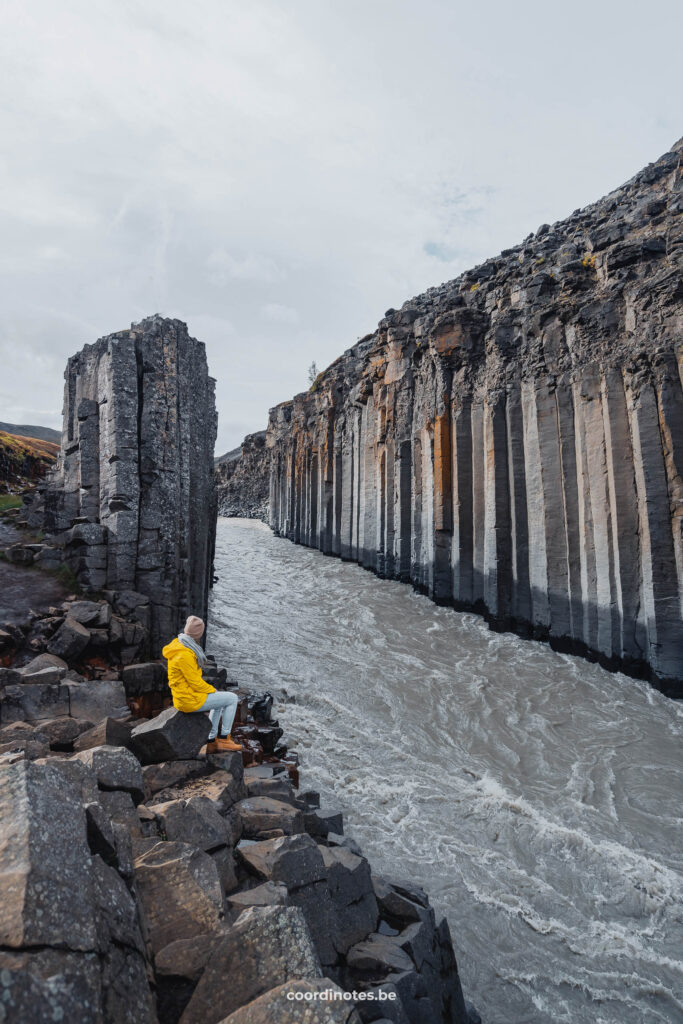
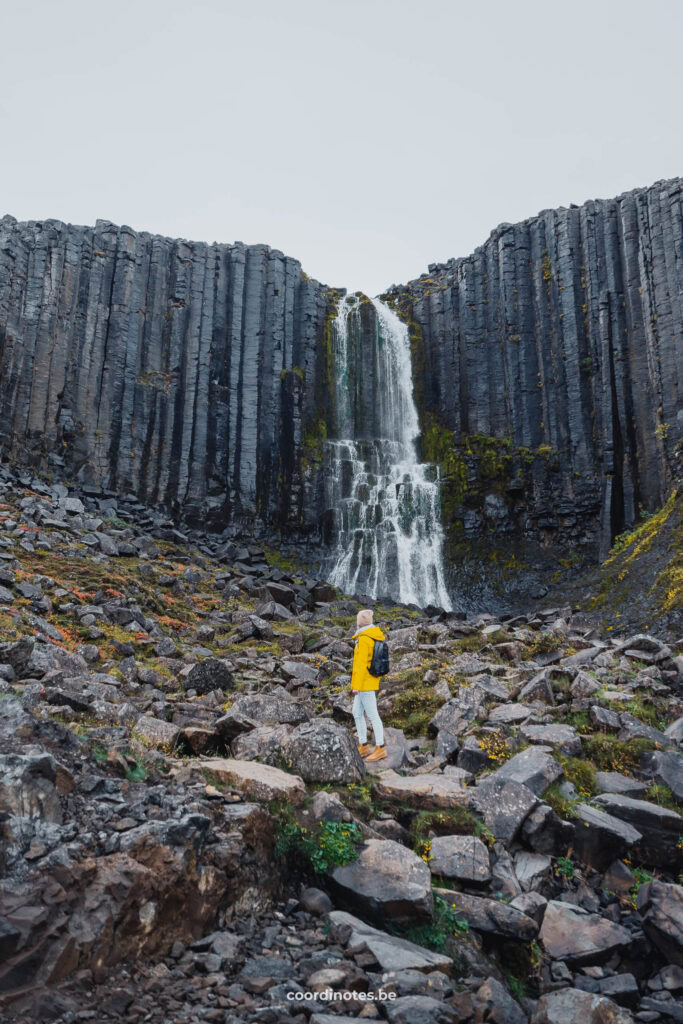
Dettifoss
Dettifoss is said to be the most powerful waterfall in Europe. It is 44 meters high, 100 meters wide and displaces an average of 200m3 of water per second. You can visit the waterfall from both the east and the west side. To reach the east side you have to drive a gravel road (864) for a long time and to be honest we found this to be a very unpleasant road. It appears that the passability can vary, so inform yourself if you choose this road.
Reaching the west side appears to be more pleasant as this is a paved road (862). We didn’t visit the west side but we believe that you get a better view because from here you can see the front side of the waterfall. The westside is therefore the most visited.
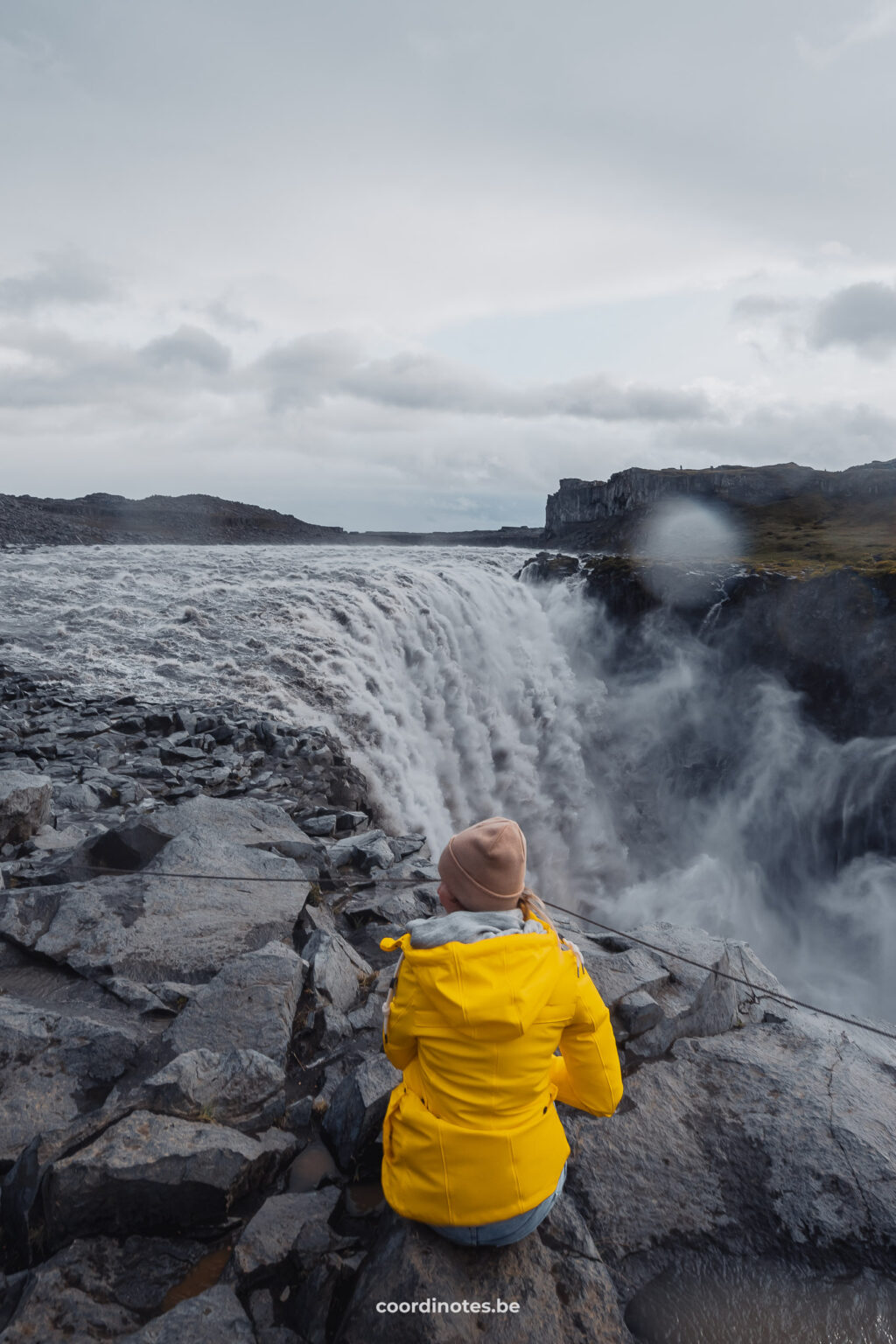
Selfoss
Tip!
Don’t confuse Selfoss waterfall with Selfoss town in South-Iceland.
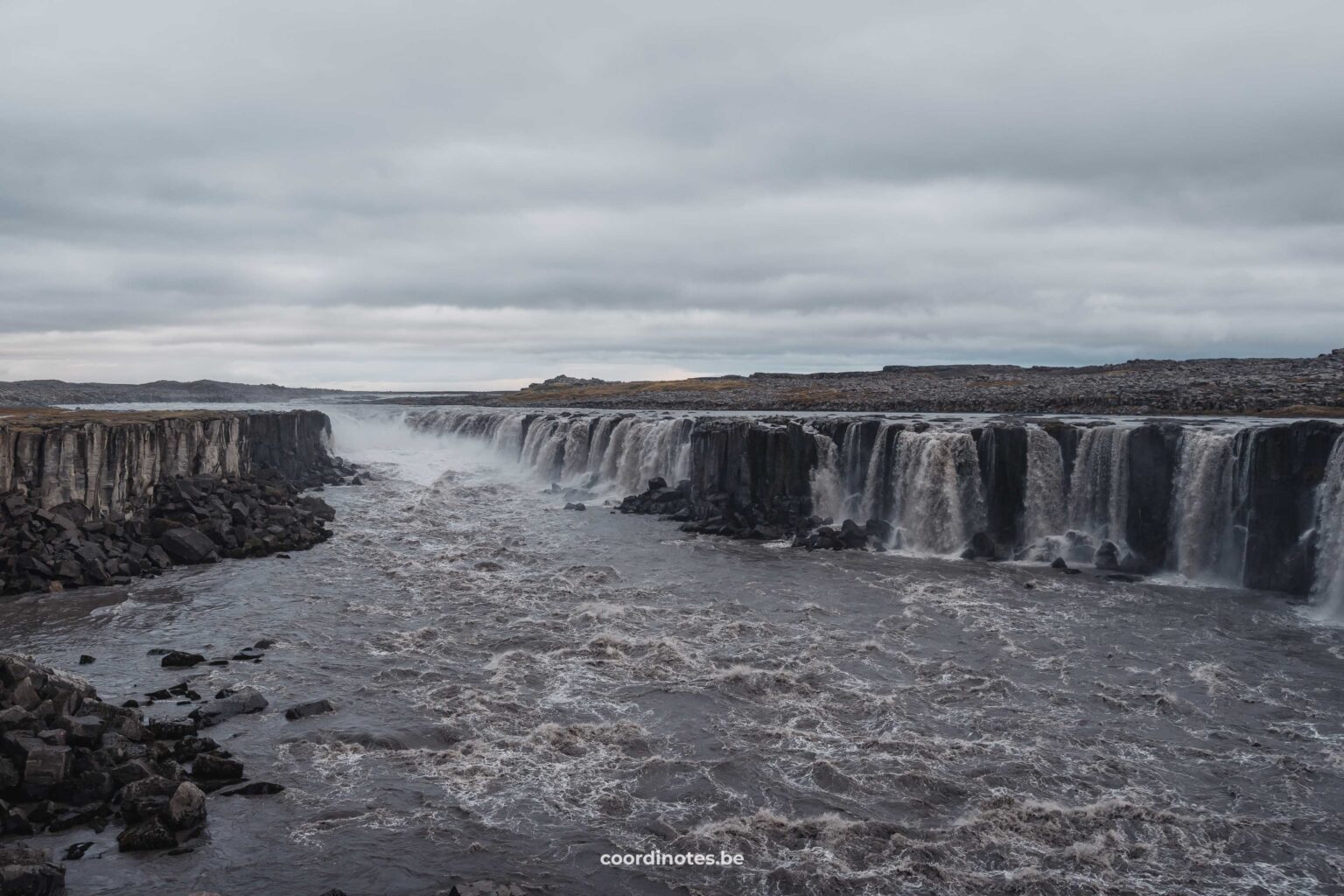
Flight deals
Fly to your destination at the best prices! Our partners offer many airlines on their platform so you can compare what is the best option for you.
Krafla Lava Fields, Hverir, Grjótagjá Cave, Myvatn Nature Baths
Krafla Lava Fields
Krafla is a large volcanic system in North Iceland. The Krafla Lava fields are an immense area of sulphuric pits, fumaroles and set lava. This magma-covered moonlike landscape stretches for as far as the eye can see. Within the Krafla caldera you find the Viti crater, filled with beautiful turquoise water. When we were there, it was freezing and snow had just fallen. In this way we could see how hot the bottom was in some places because here the snow had already melted.
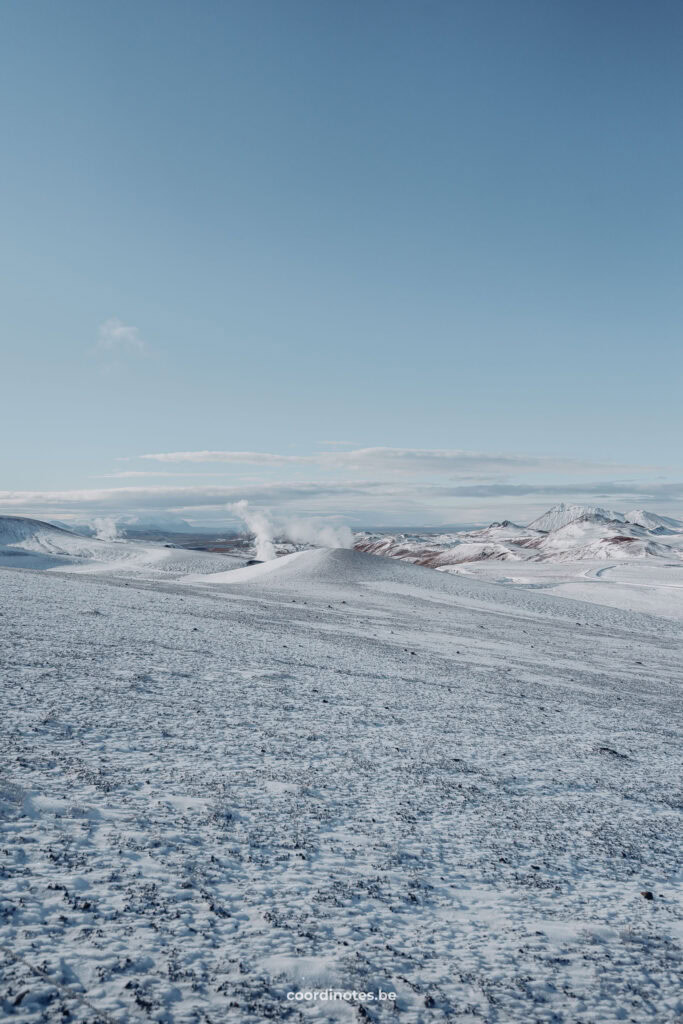

Hverir
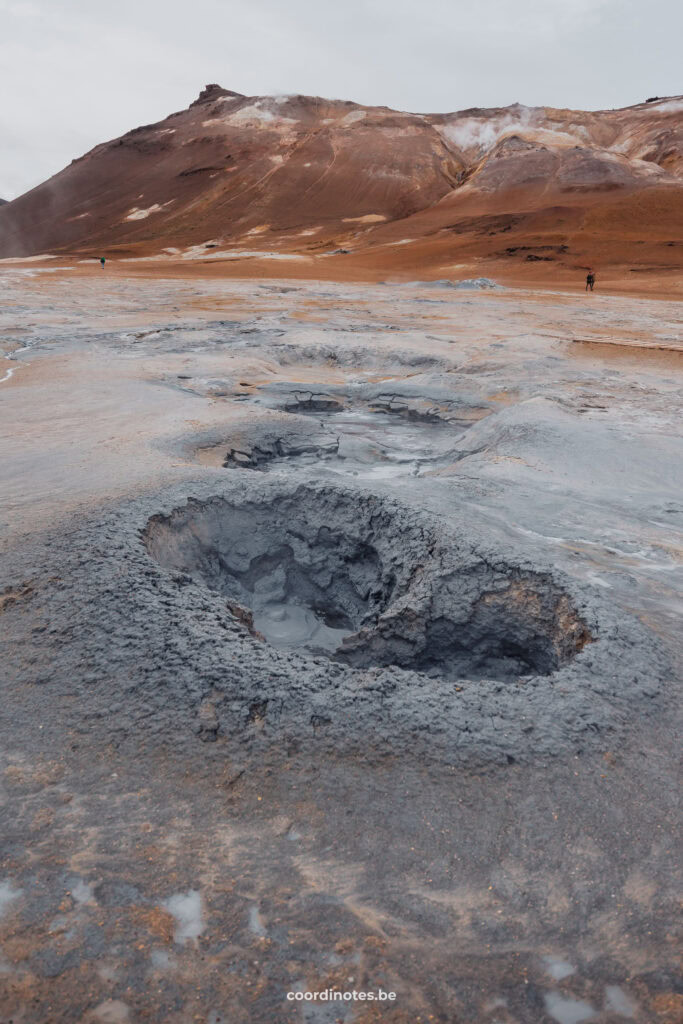
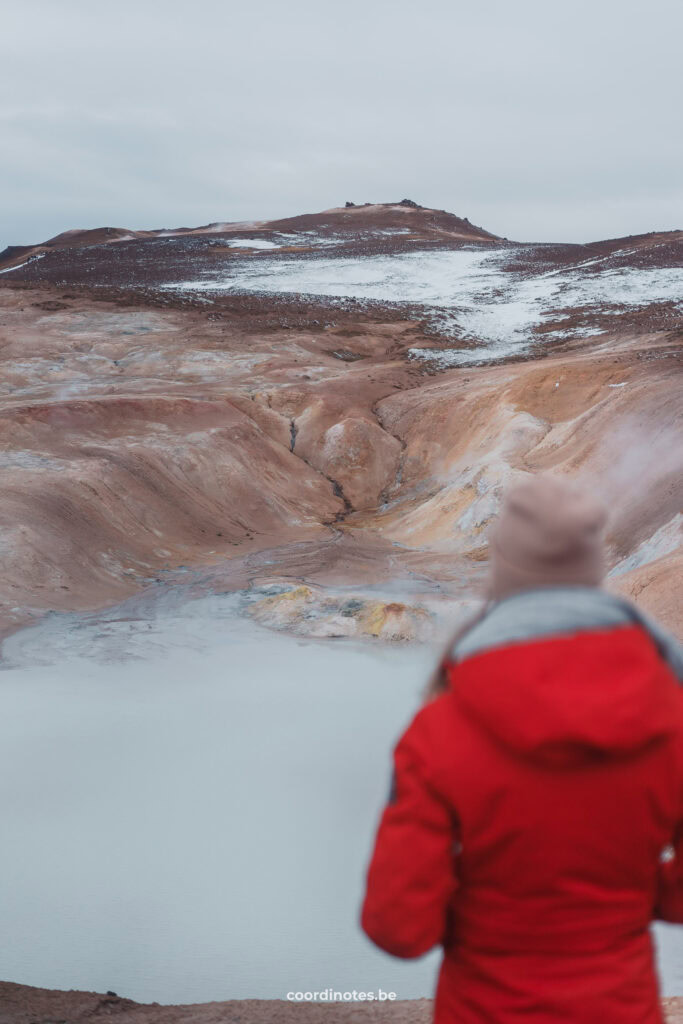
Grjótagjá Cave
On your way to the Myvatn Nature baths, real Game of Throne fans can make a quick stop at the Grjótagjá Cave. It has a beautiful geothermal hot spring in its depths but it’s not allowed to bath in it. When entering the cave you can really feel the heath of the water.
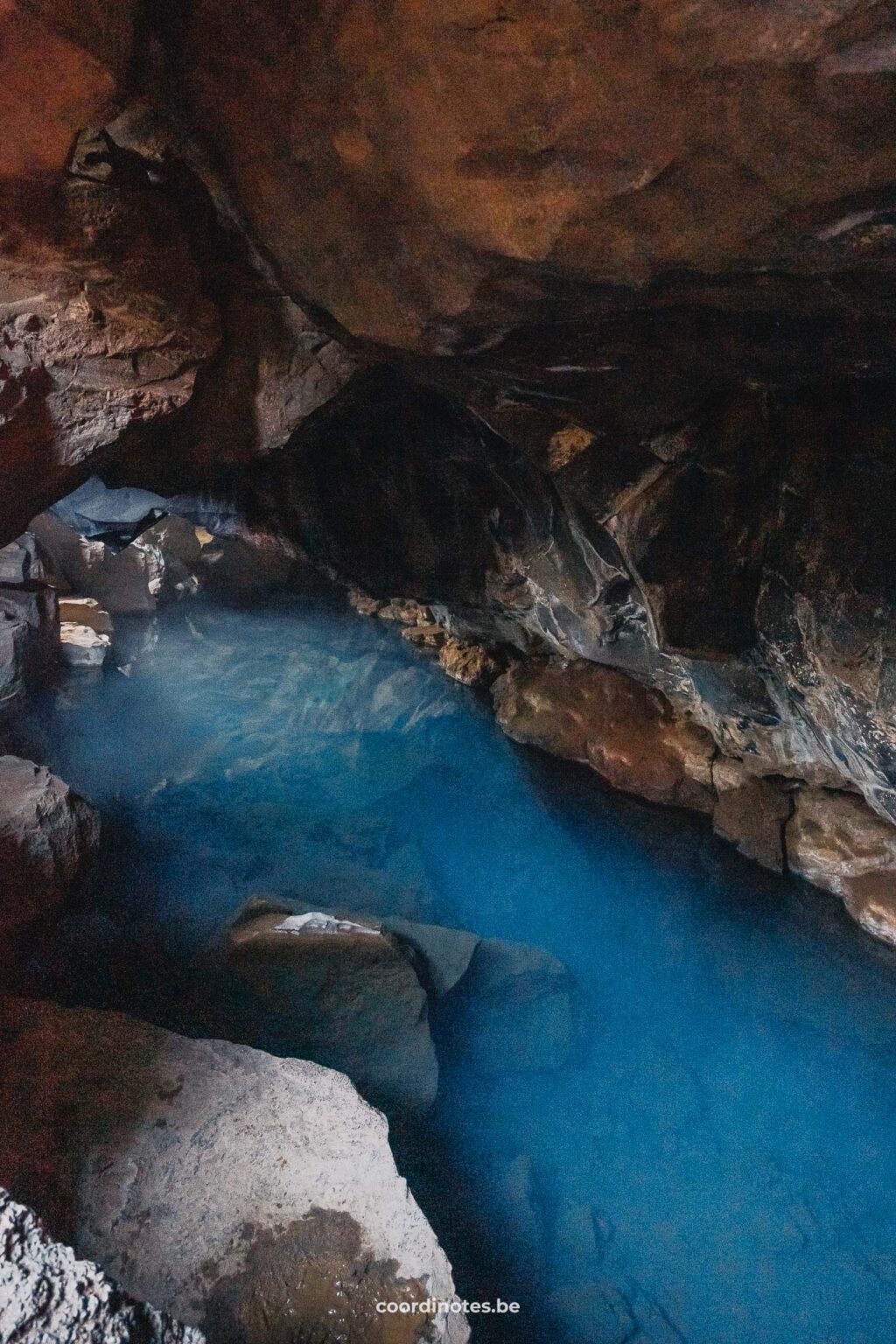
Myvatn Nature Baths
You’ve probably heard of the famous Blue Lagoon in Iceland. Because of its popularity it can get really crowded over there. But Myvatn has a great alternative, and probably even more affordable than the Blue Lagoon. The Myvatn Nature baths are also called Jarbodin. These geothermally heated pools are filled with natural mineral water. You can soak in the magical soft blue water (which is also truly amazing for your skin) and enjoy the incredible views with a drink. Besides the pools you can also relax in one of the hot spring steam baths. It’s the perfect place to empty your mind and to recover from all the traveling around this amazing country.
Price: 6490 ISK (€45)
You can find all information and book your ticket here.
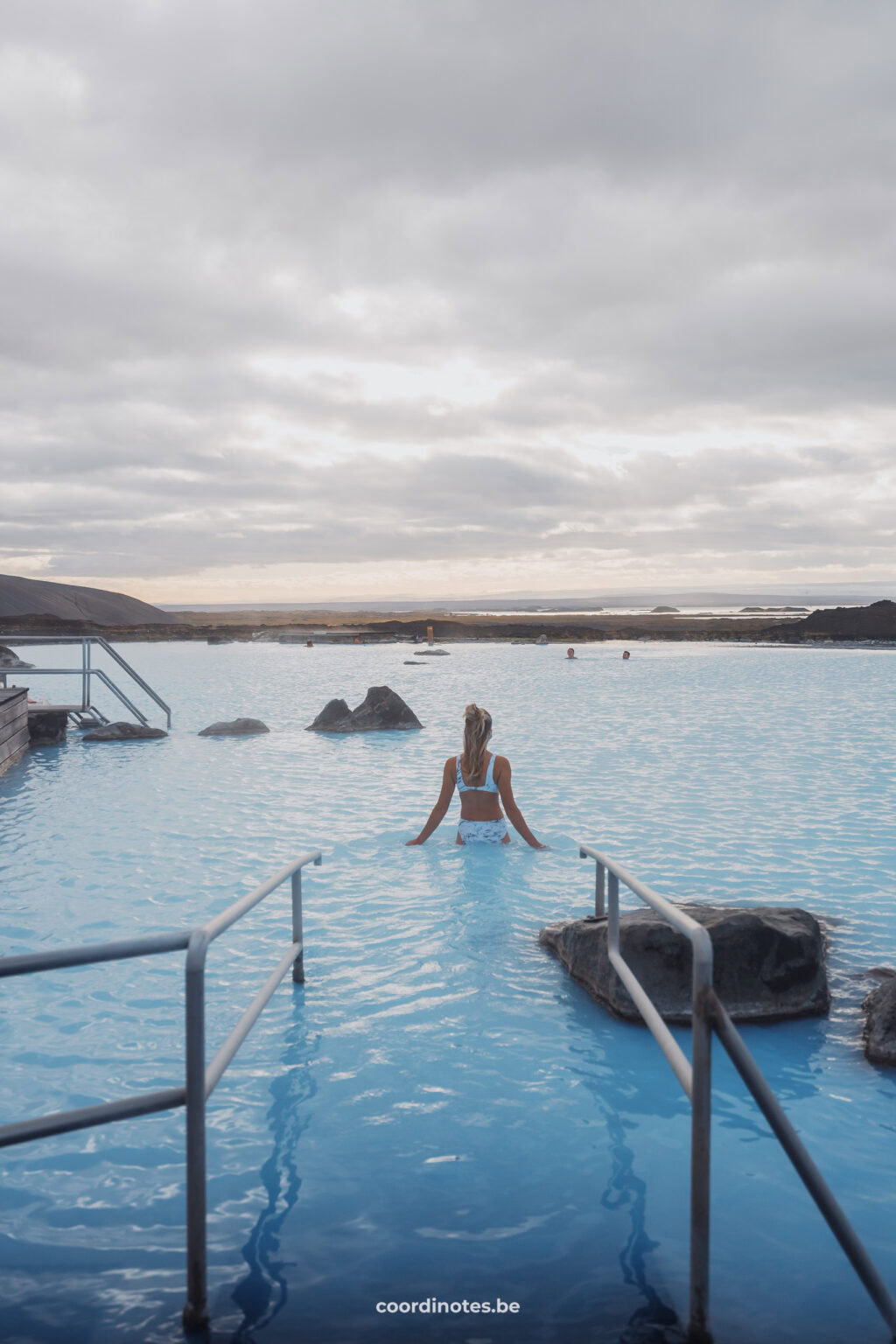
Hotels in Iceland
Discover the best places to sleep through our partners. Book your stay and enjoy their great deals!
Godafoss, Whale Watching, Kolugljúfur Canyon
Godafoss
Located next to the ring road, you find Goðafoss waterfall. It’s not a super spectacular waterfall compared to those earlier on this 10 day Iceland itinerary. But because of its location a perfect stop to take a break from driving, as you will now have to drive for a long time to the next stop.
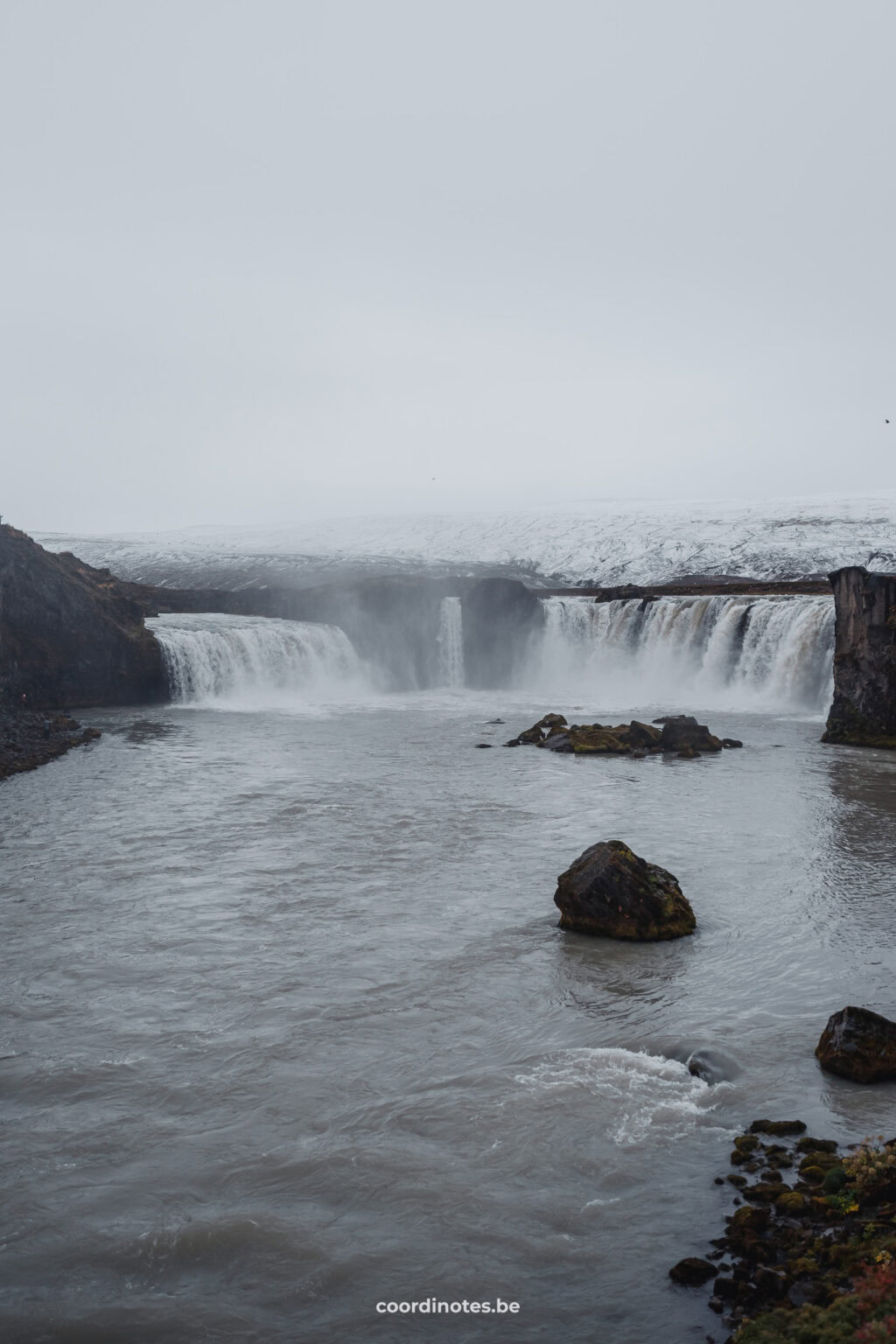
Whale watching Akuyeri
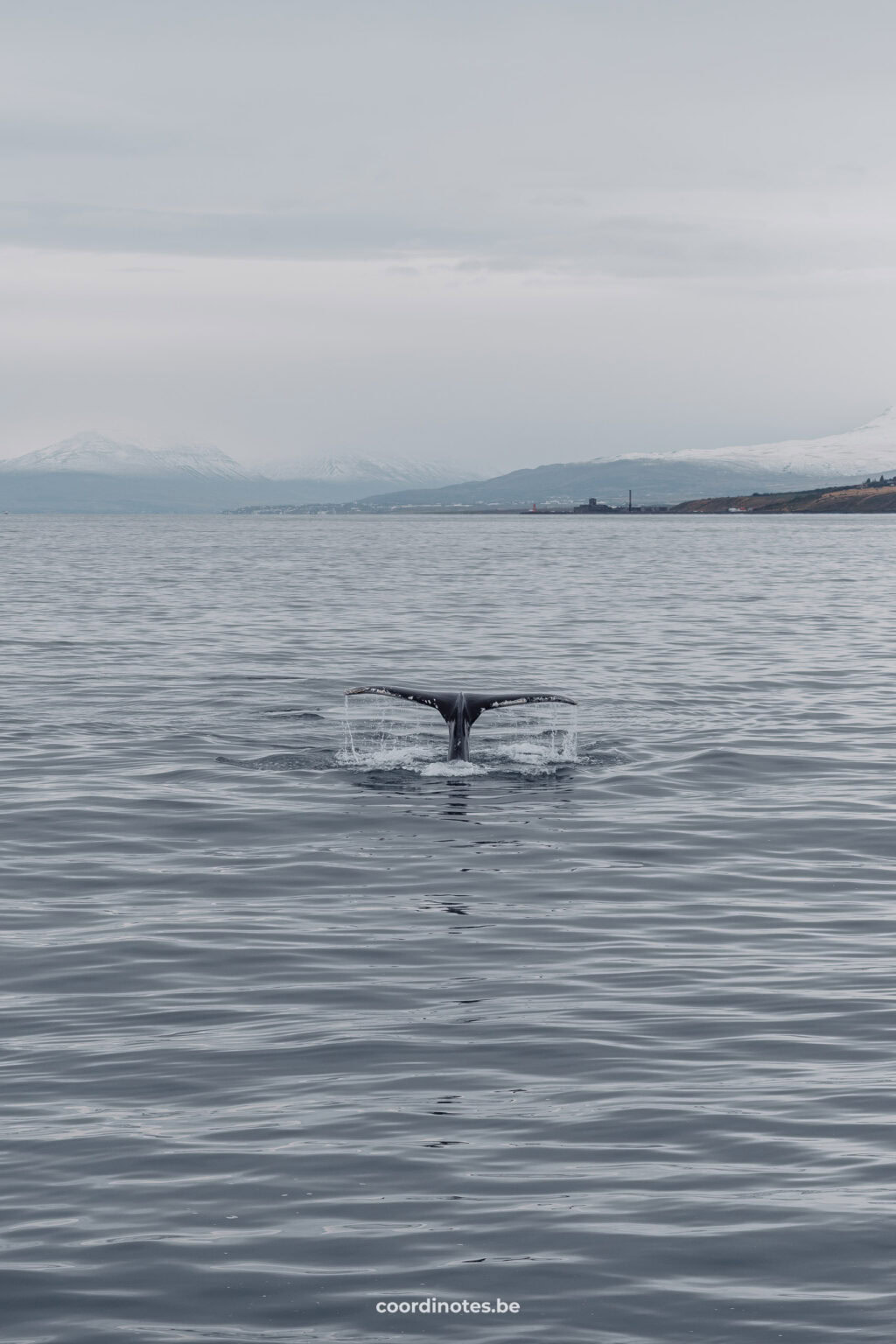
Kolugljúfur Canyon
The Kolugljúfur canyon is said to be named after the female troll Kola. According to legend the canyon was shaped by Kola’s daily activities, as she lived in this canyon. There’s a river running through the canyon, coming from the Kolufossar waterfall at the beginning of the gorge. The canyon is about 1 to 2 kilometers long and tens of meters deep. The views over this canyon are absolutely exceptional.

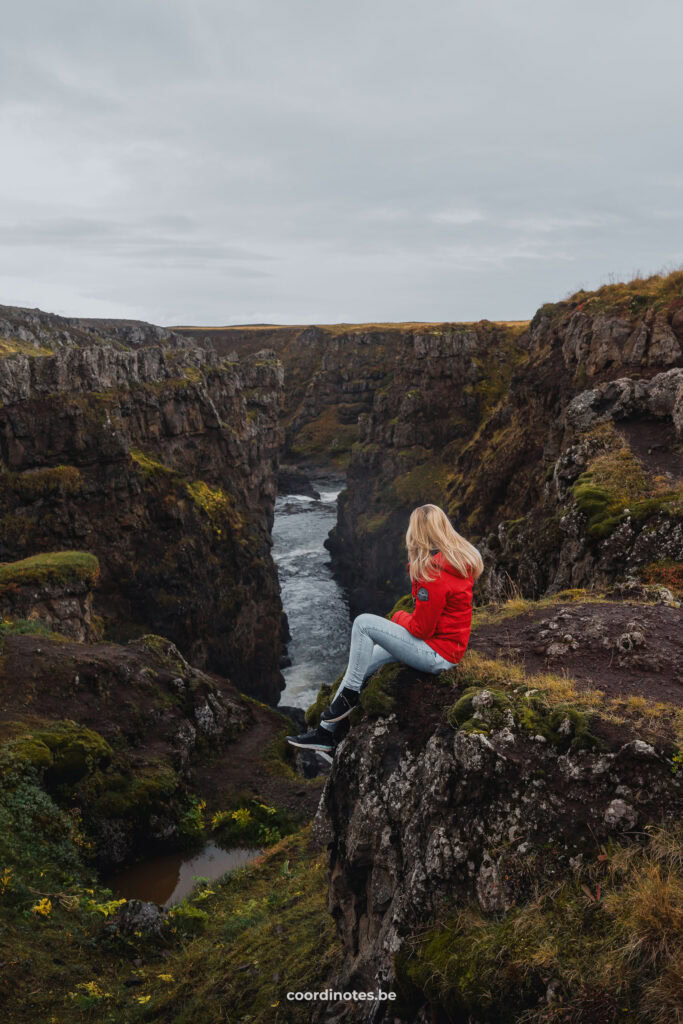
Advertising
Kirkjufell, Búðakirkja, Þingvellir National Park, Reykjadalur Thermal River
Kirkjufell
Kirkjufell is a stunning mountain located on the Snaefellsnes Peninsula. Its name means “Church Mountain” due to its distinctive shape that looks like a church. Kirkjufell is renowned for its picturesque beauty and has become an iconic landmark in Iceland. It is said that it is the most photographed place in Iceland. The mountain is surrounded by scenic landscapes, including the nearby waterfall called Kirkjufellsfoss, creating a captivating and photogenic setting.
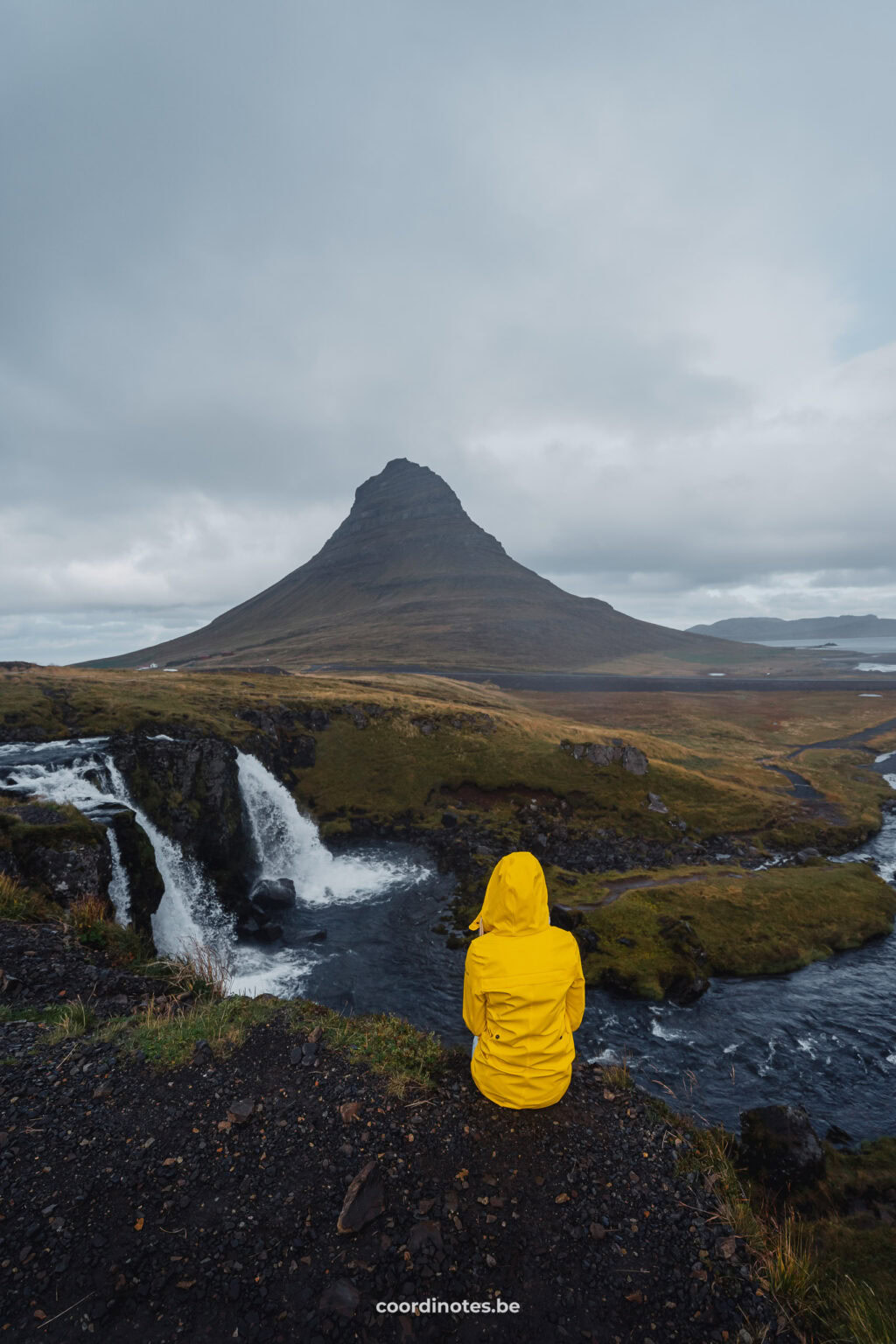
Búðakirkja
Búðakirkja is probably the most famous church in Iceland. The church is painted with pitch to withstand the Icelandic weather conditions, giving it its typical black color. The contrast of this tiny black church standing in this isolated location in such an impressive landscape makes this such a magical place.
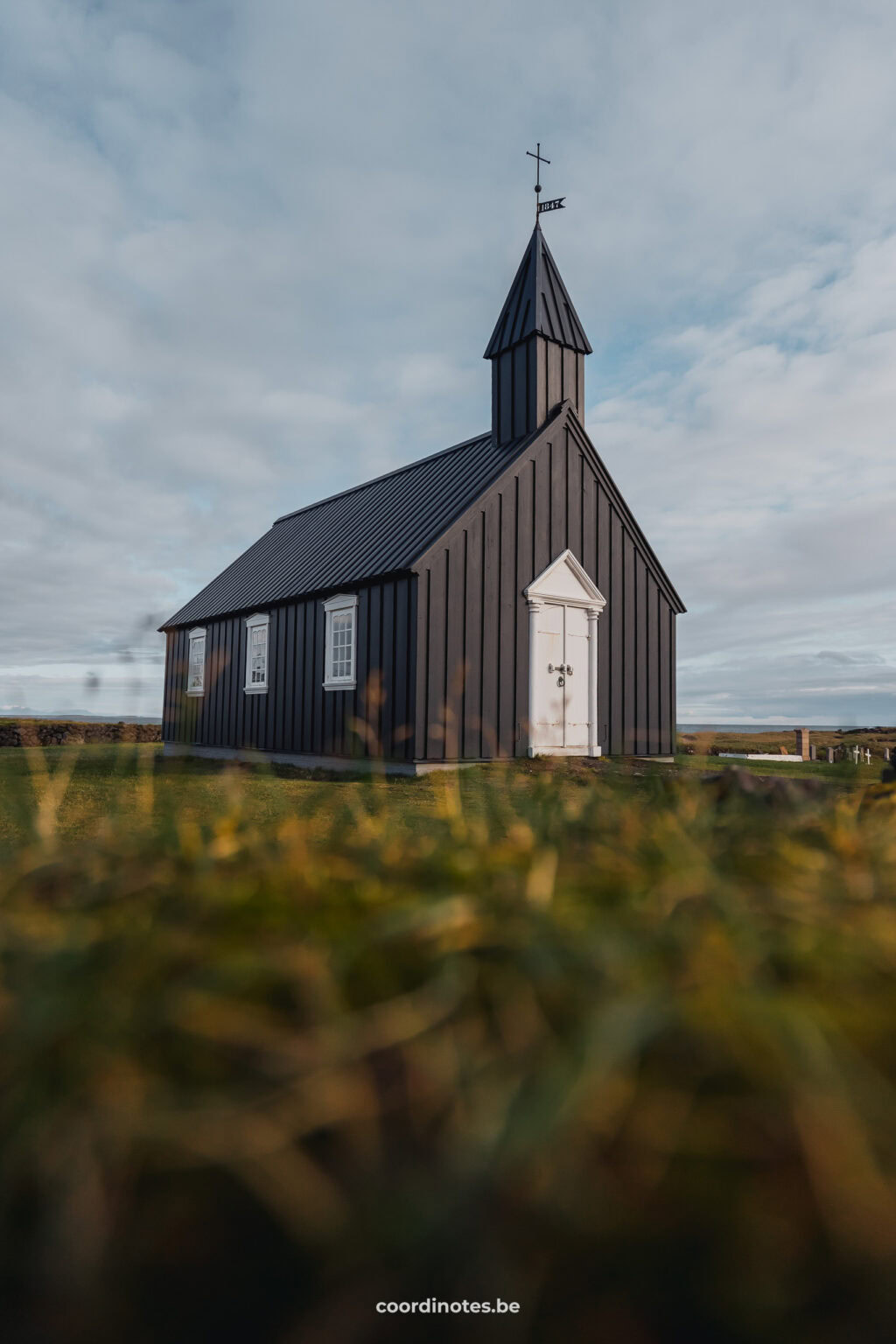
Note
Depending on the activity of Fagradalsfjall volcano, you can either stick to this schedule or visit the volcano on this day and finish the rest of day 9 on day 10. In this way you have two days to visit the volcano and you have higher chance to see an eruption.
Þingvellir National Park
Þingvellir or Thingvellir National park is, just like Geysir and Gulfoss, part of the golden circle. In this national park you can witness Iceland’s stark geological processes with your own eyes. The island is located on both the North American tectonic plate and the Eurasian tectonic plate. In Þingvellir National park you can actually see the split between those two tectonic plates. Iceland is the only place in the world where the rift is above sea-level and thus can be seen on land.
Besides geology, Þingvellir is also historically very important to Iceland, which is why it became a National Park. Since 2004 it’s listed as a UNESCO world heritage site.
In the park, you can also go snorkeling or diving in the Silfra fissure. It is the only place in the world where you can dive between two continents. It is ranked as one of the top 10 best diving sites in the world because of the vivid colors and extremely clear water in this place.
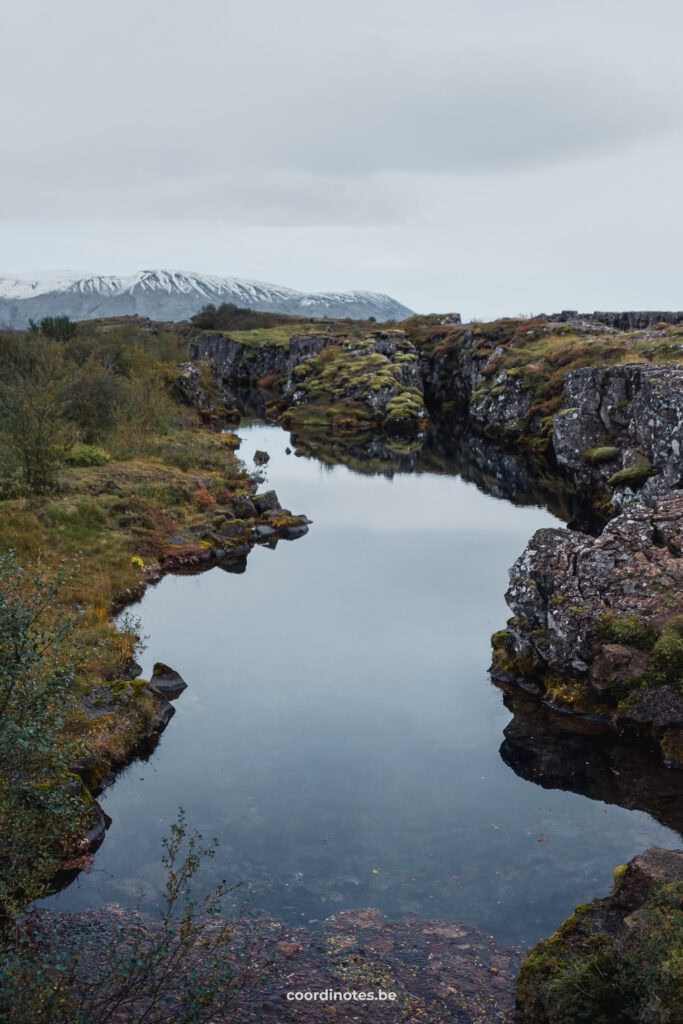
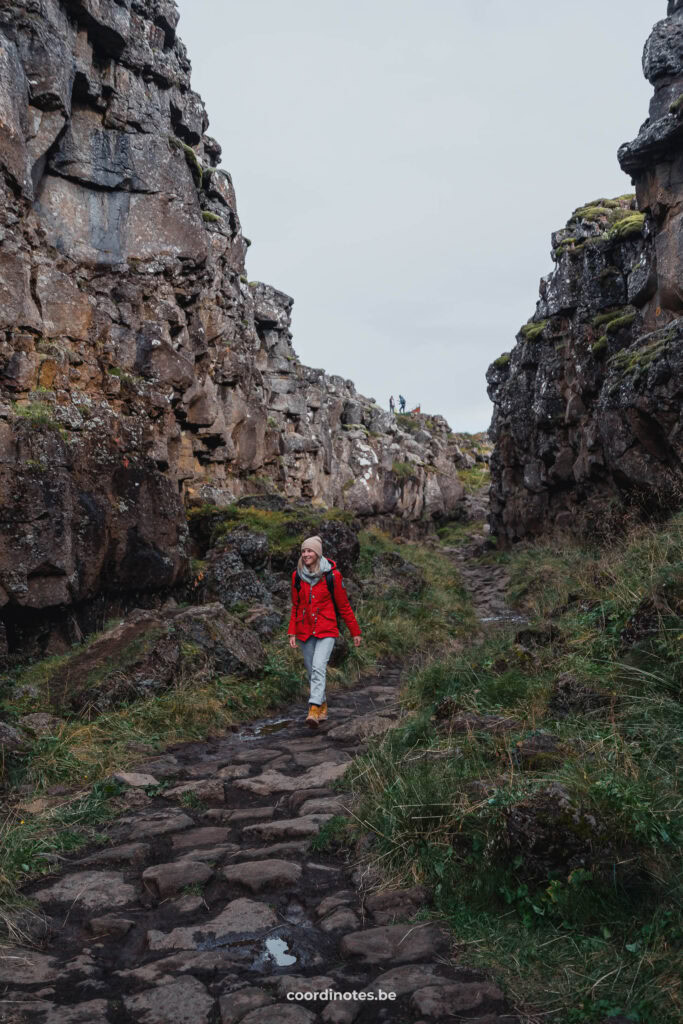
Reykjadalur Thermal River
Reykjadalur is an active geothermal area, filled with hot springs, mud pools and a hot river. To reach the Reykjadalur Thermal River you first have to walk 3,5 kilometers and it takes you around 45 to 60 minutes. You can park your car at Gjaldskylda parking. The hiking trail is quite steep in some parts but it takes you through an impressive mountain landscape. And after the hike you can bathe yourself in the hot river and give your tired muscles a moment of rest. The temperature in the river varies and gets warmer the more you go upstream. Find yourself a spot with a temperature that suits you and enjoy the beautiful scenery.
The way there is mainly uphill, meaning that the way back is mainly downhill. So even when you’re back at your car, you’ll still be able to enjoy your rested muscles a bit.
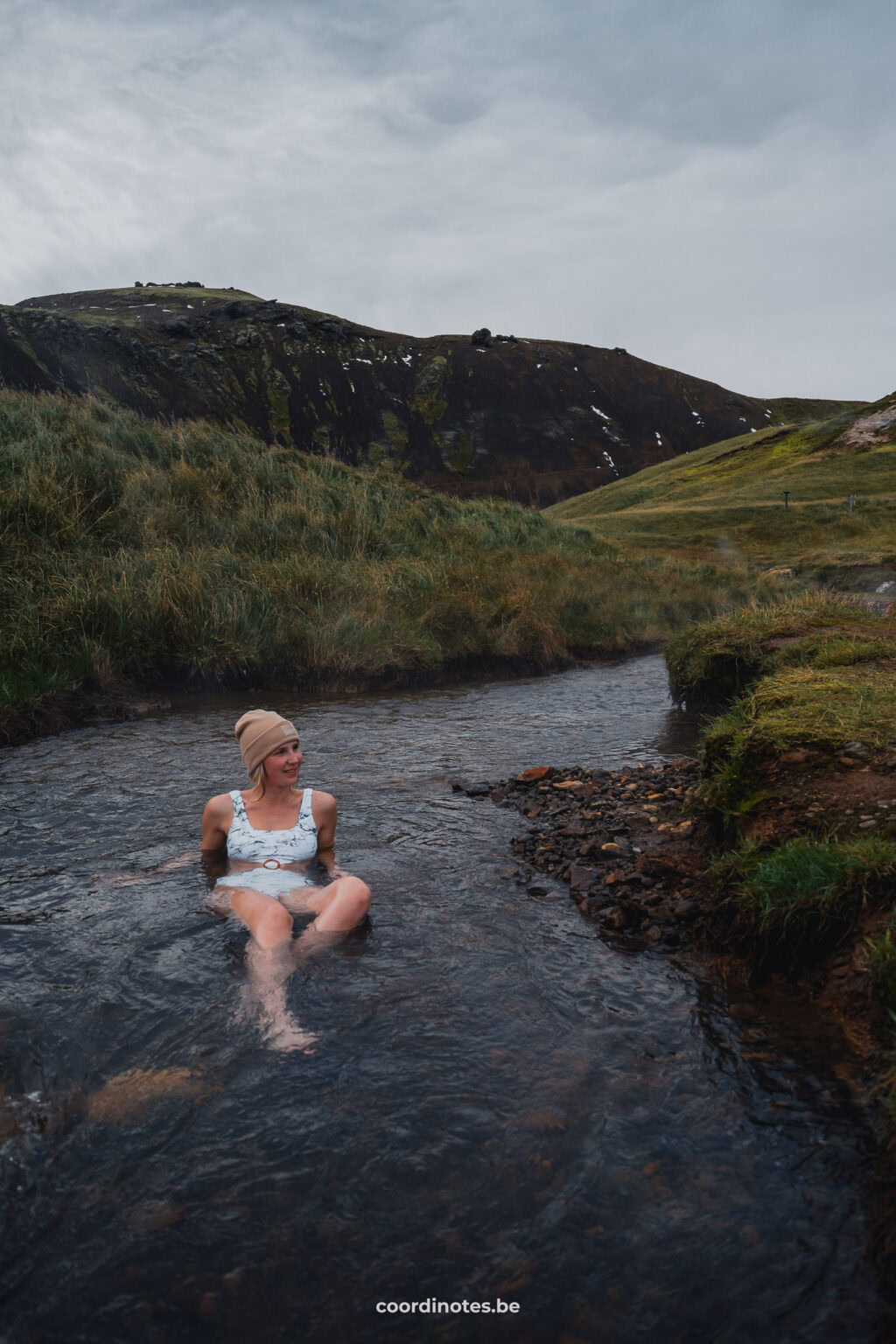
Advertising
Fagradalsfjall Volcano, Reykjavik
Fagradalsfjall Volcano
The Fagradalsfjall started erupting on March 19th 2021 and is still active until today. It is unknown when the volcano will stop erupting, but know that there is not an eruption every day. If you are lucky and there is an eruption the moment you get there, you can see the boiling lava coming out of the volcano.
It’s a 1,5 hours walk to the best viewpoint over the volcano. There are different parkings and pathways that’ll take you along the area. Some trails are blocked by set lava. Make sure to check their website for the most current information about the volcano and the live webcams to see if an eruption is going on.
Unfortunately, there was no eruption going on when we visited the volcano. It was still worth the climb to the viewpoint to overview the whole eruption site and the magnitude of previous eruptions. You can even walk to the lava flow to see it from up close.


Reykjavik
Reykjavik, the capital city of this incredible country. There are a few highlights in this interesting city of which we visited the two most famous ones.
The first one is the impressively shaped Hallgrimskirkja Church. At times when there is no mass, you can also admire the church from the inside. Definitely worth the effort, because it is very beautiful in its simplicity.
If you follow the street right in front of this church, you will arrive at Skólavörðustígur, probably better known as the rainbow street. It’s a very cosy area to stroll around and visit some souvenir shops. We also enjoyed lunch and a coffee at café Babalu, a cozy cafe with a very pleasant atmosphere and a very friendly service.


There are actually no words to describe the beauty and the atmosphere of Iceland. The only way to experience this phenomenal country is by visiting it yourself.
Did we convince you to visit Iceland? If so, let us know if you have any questions about this 10 day Iceland itinerary or anything else and we are here to help. We hope you will enjoy this itinerary as much as we did. And who knows, you might see fairies or trolls on your journey. Yes, Icelanders still strongly believe in this. Like, how can you not in such a fairytale landscape.
Advertising
Win-Win for everyone
Did you know that, if you buy or book something through our links, we receive a small commission?
However, you still pay the same and therefore have no extra costs! So a win-win for everyone. This way, we can continue to add even more travel inspiration and tips to this blog for your next adventure. Thanks a lot!
Thank you for visiting our blog
We hope you find our free travel guides and tips useful. If you want, you can support us virtually by ‘buying us a coffee‘.
Every contribution, no matter how small, is greatly appreciated and will help us continue to share our passion with you and grow this blog.
Win-Win for everyone
Did you know that, if you buy or book something through our links, we receive a small commission?
However, you still pay the same and therefore have no extra costs! So a win-win for everyone. This way, we can continue to add even more travel inspiration and tips to this blog for your next adventure. Thanks a lot!

